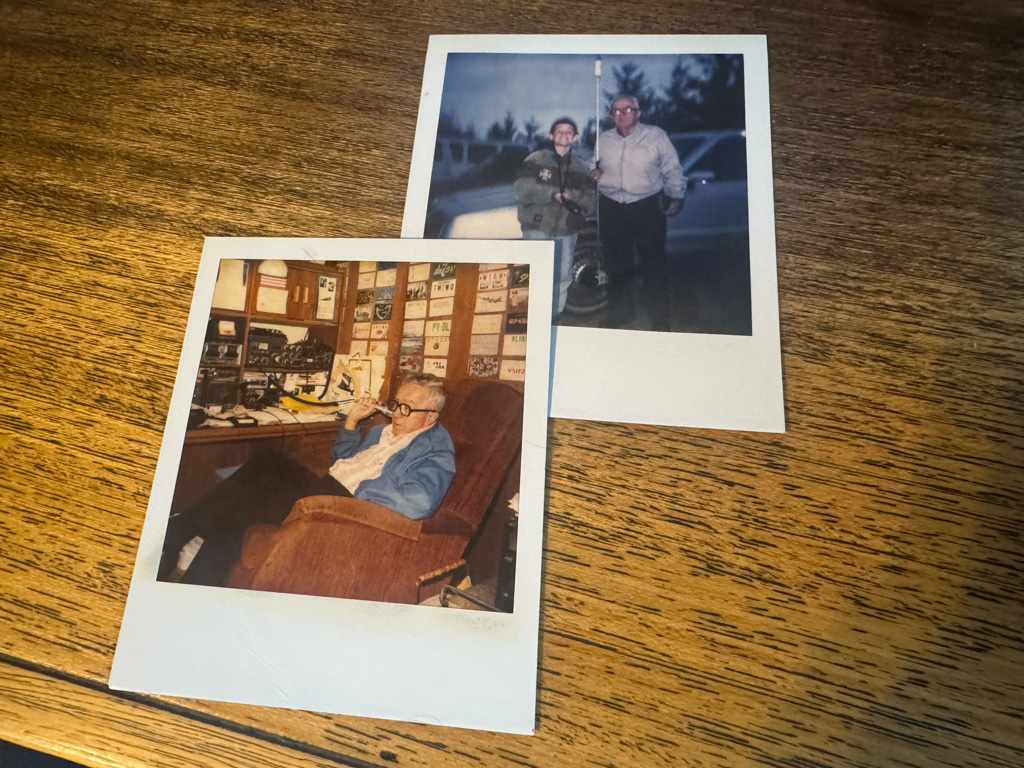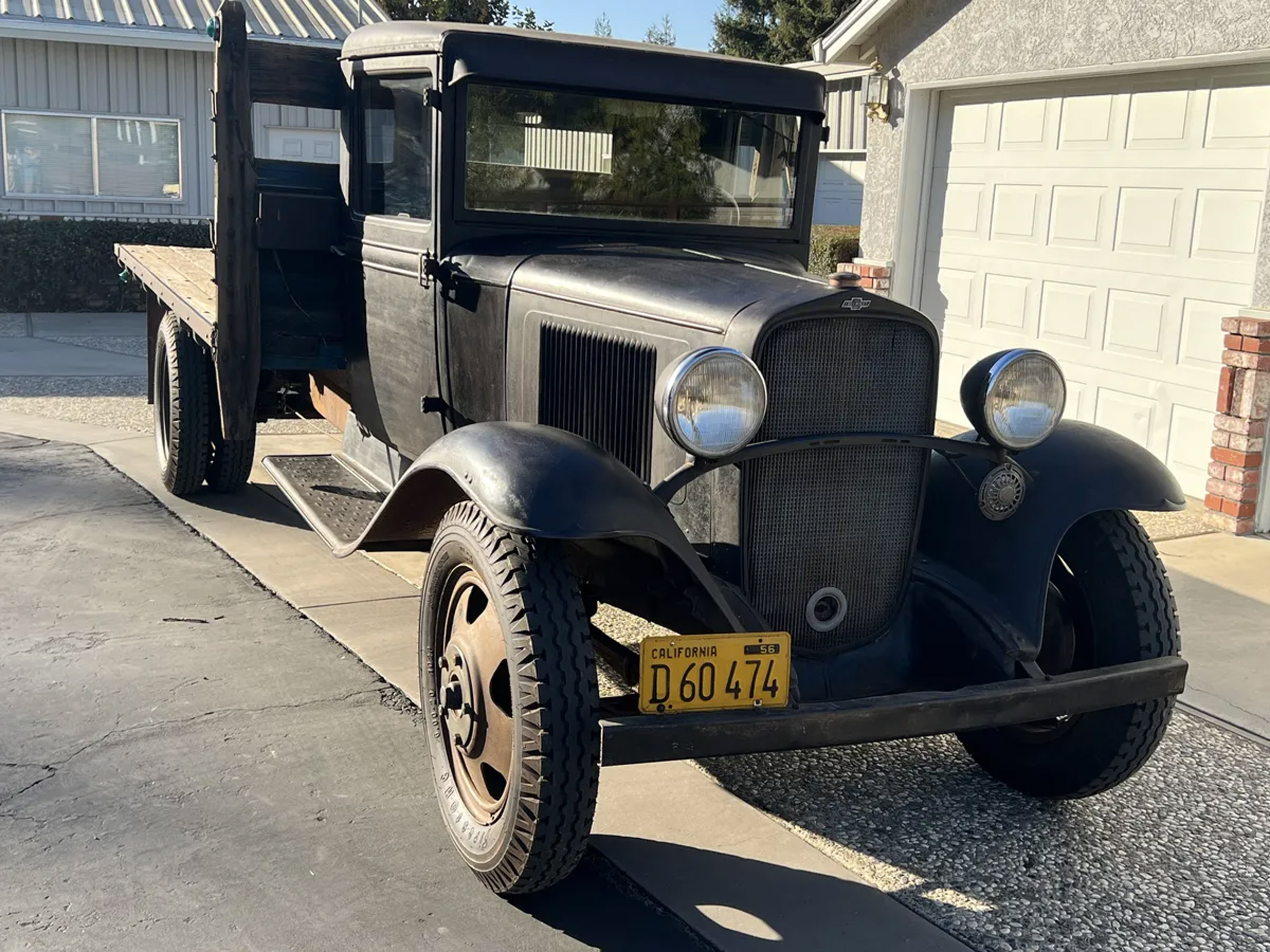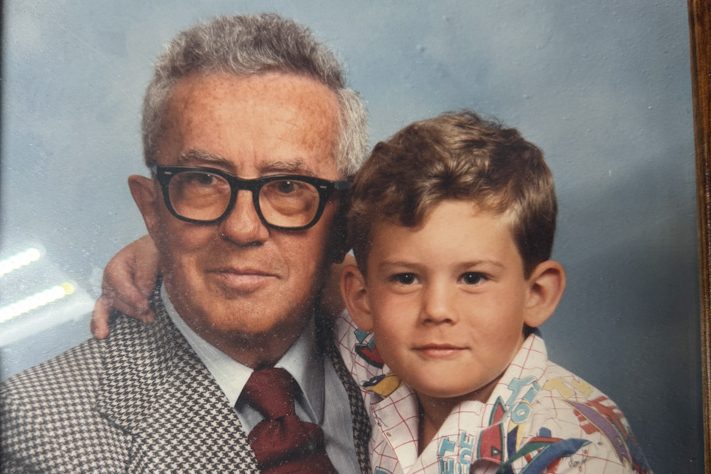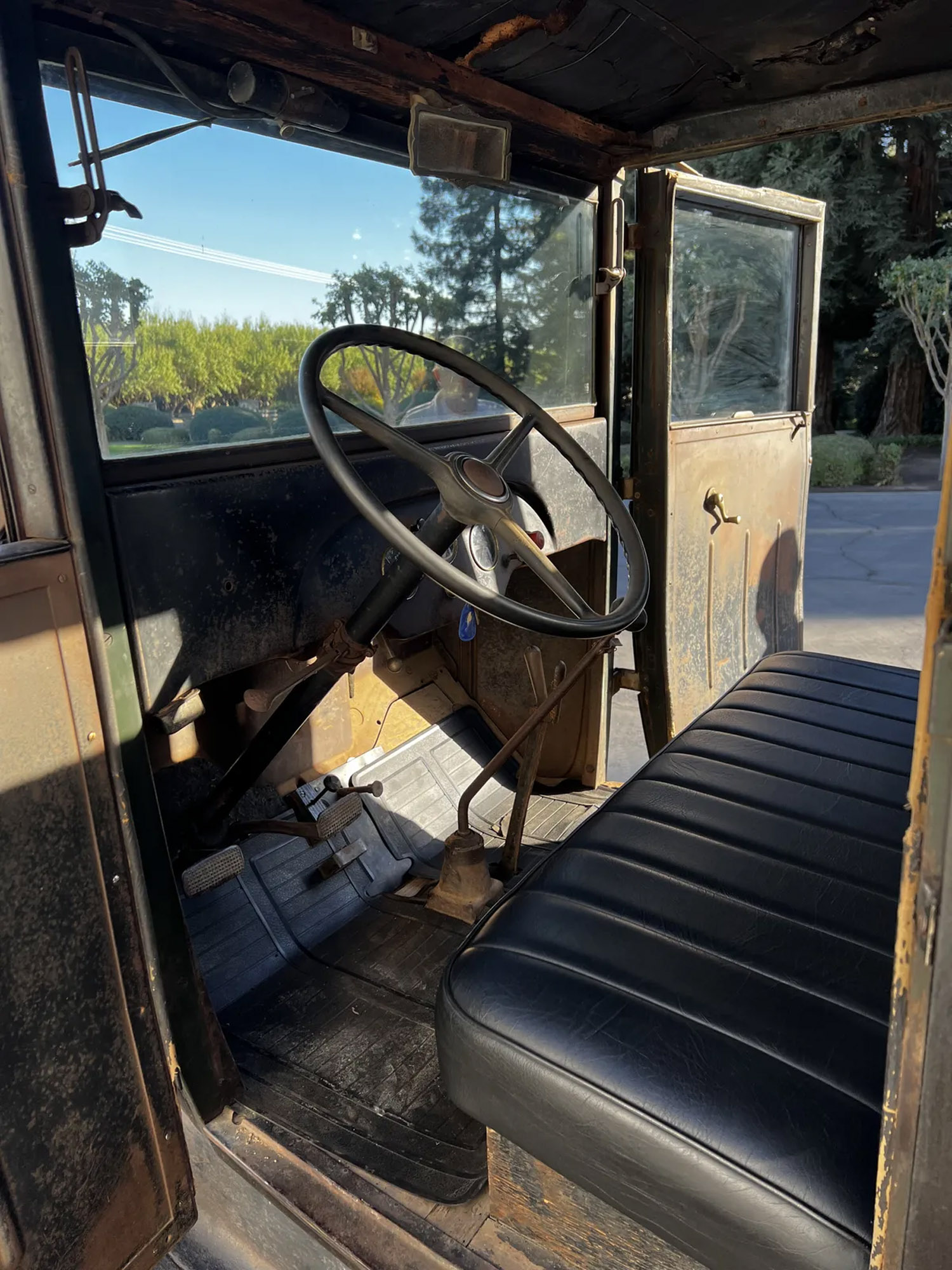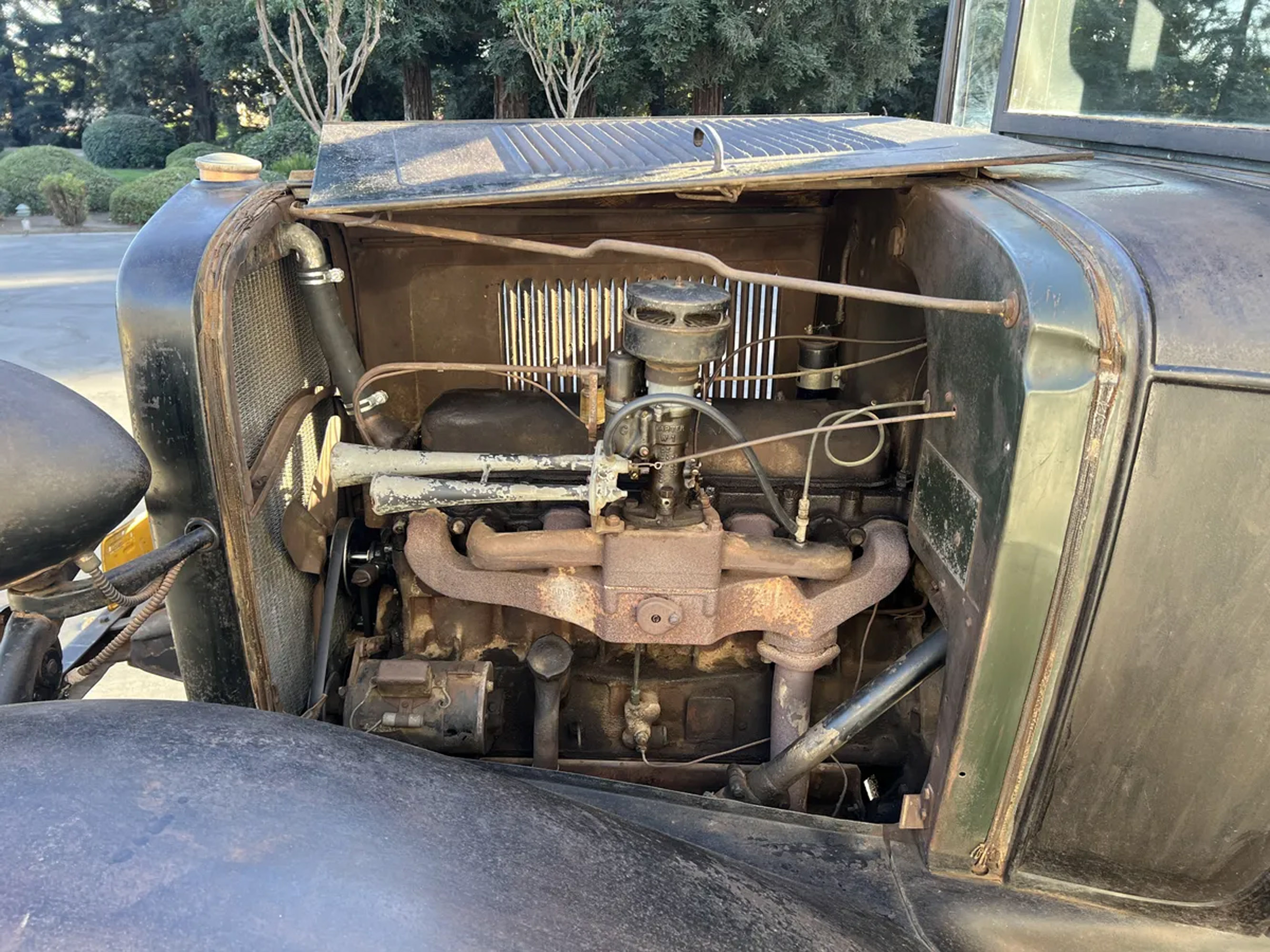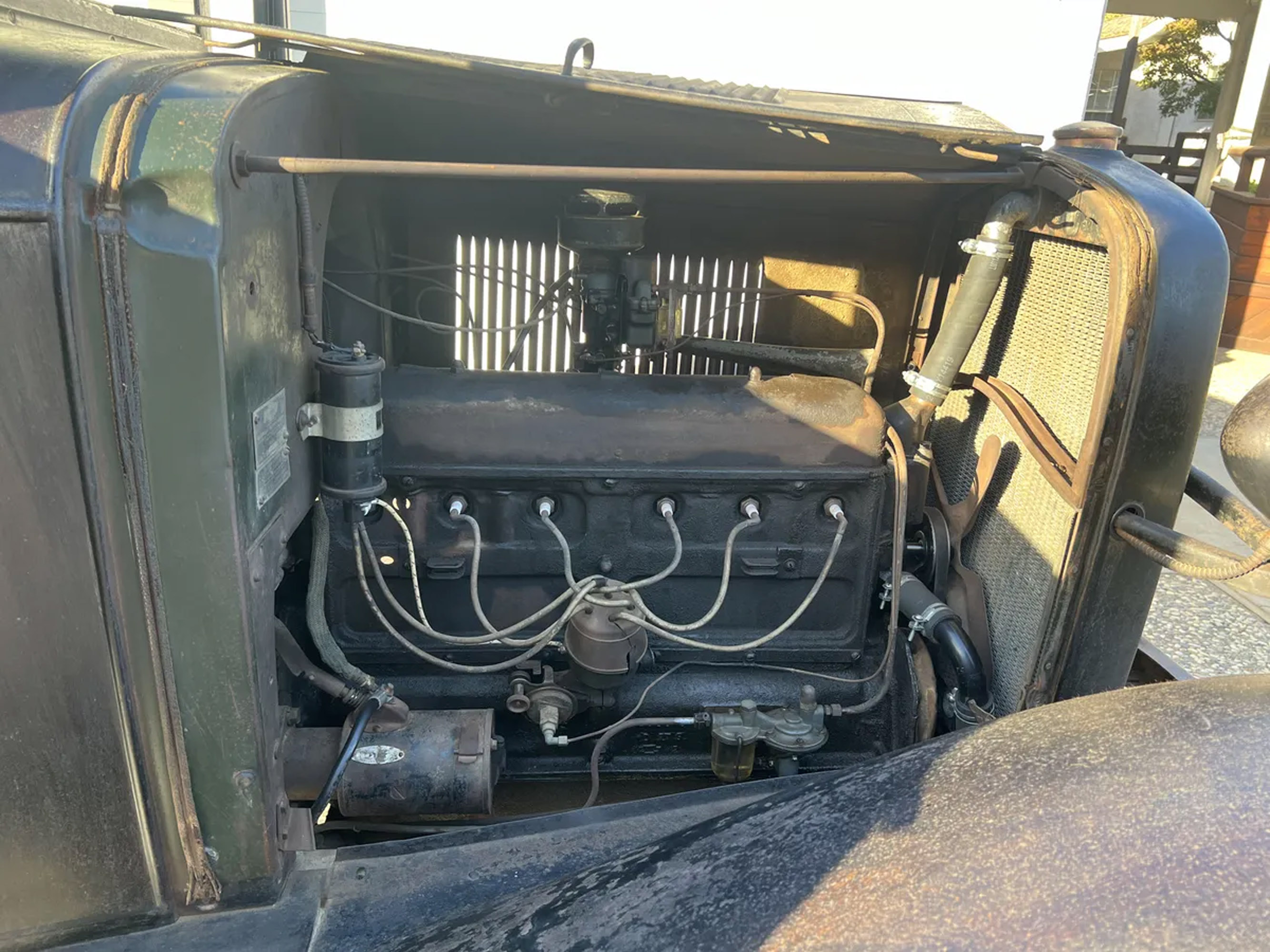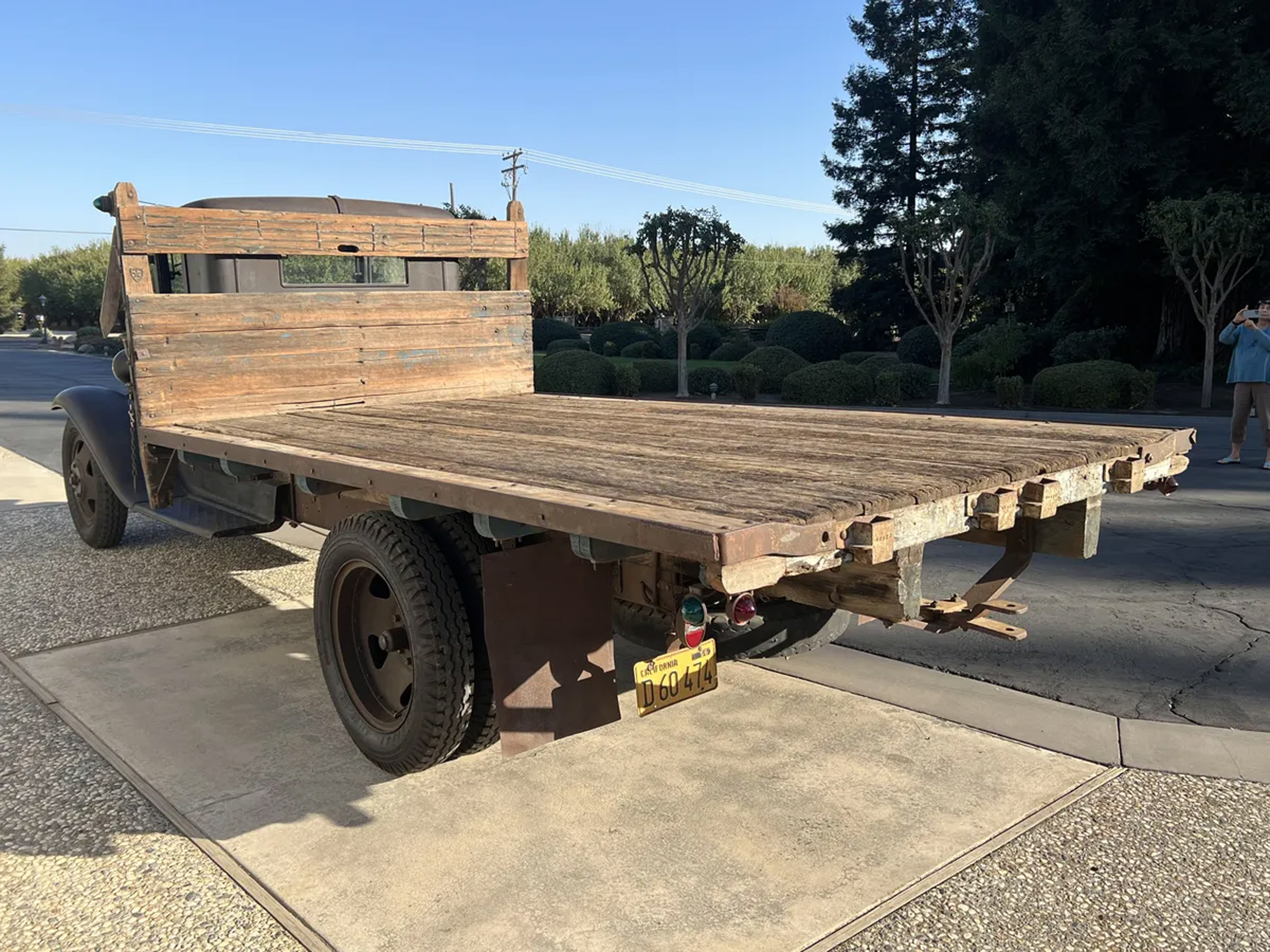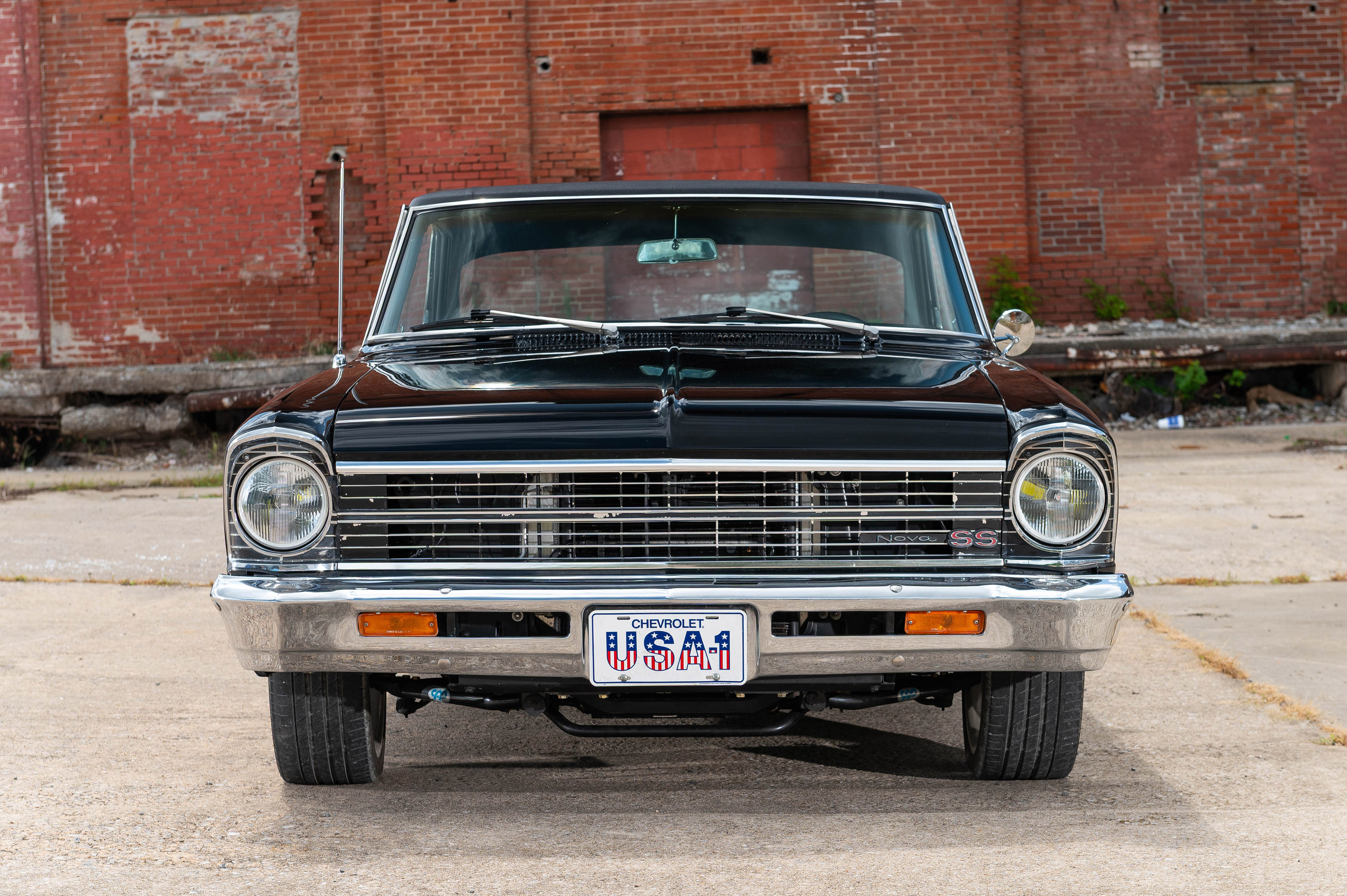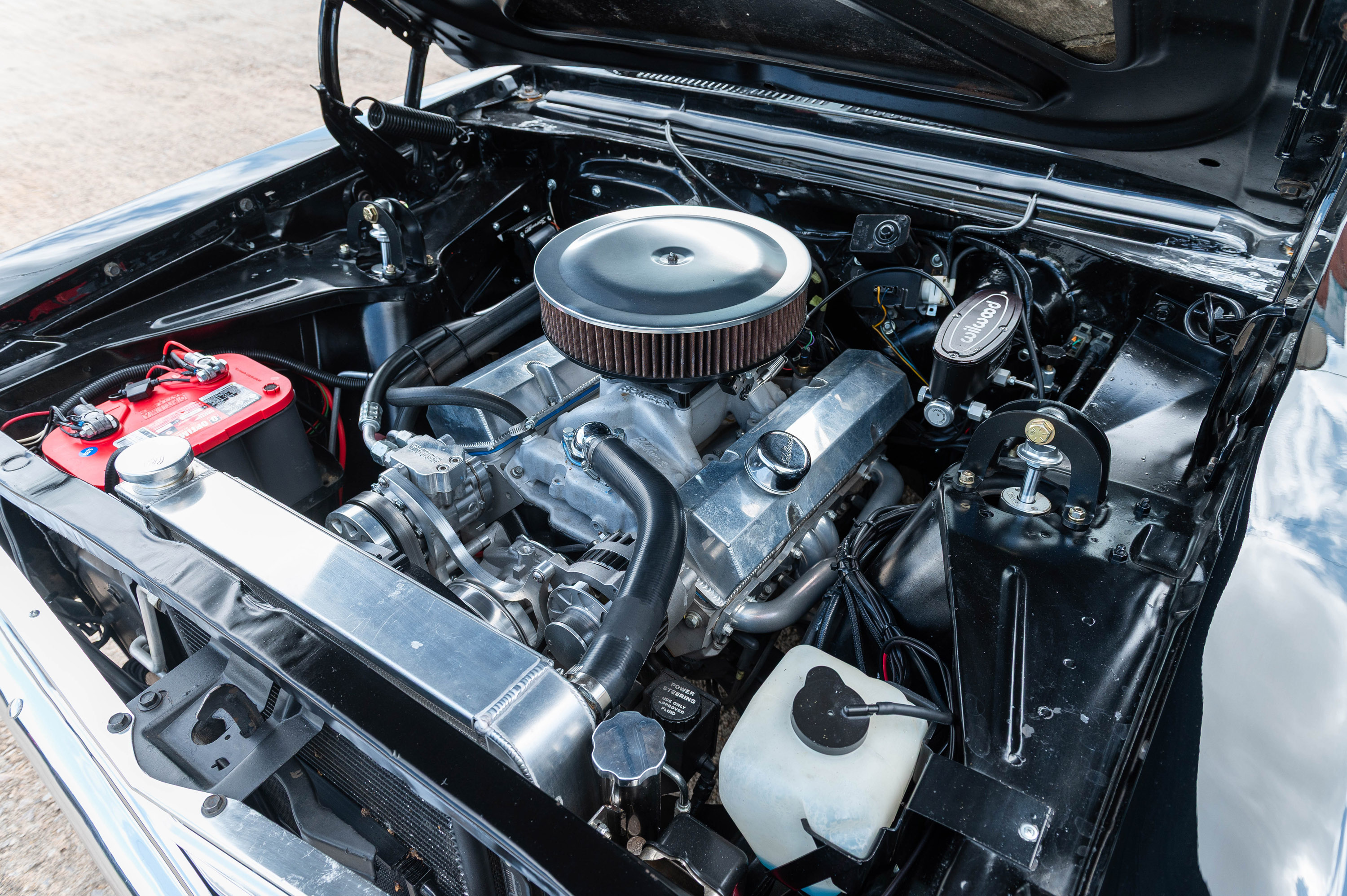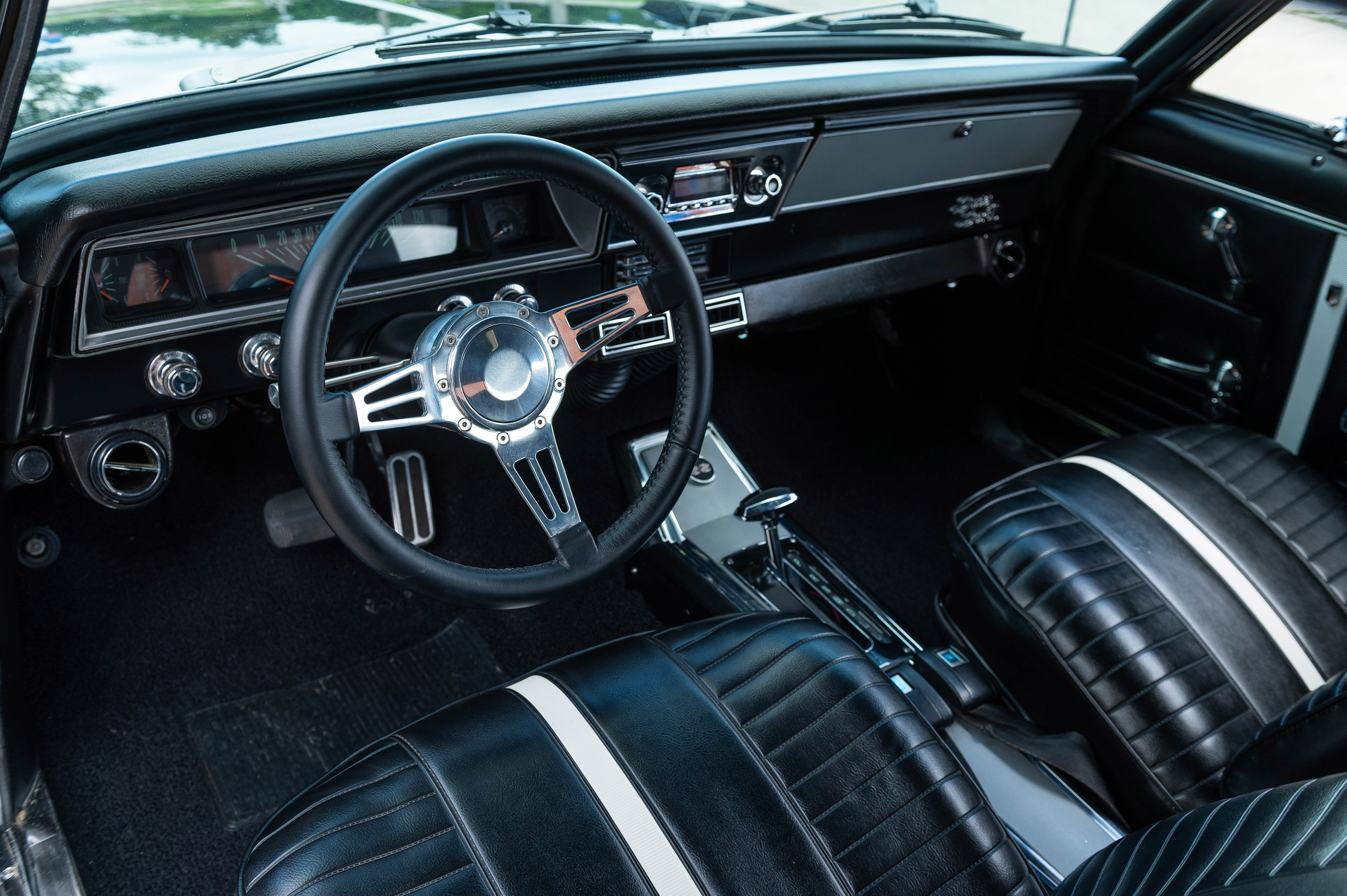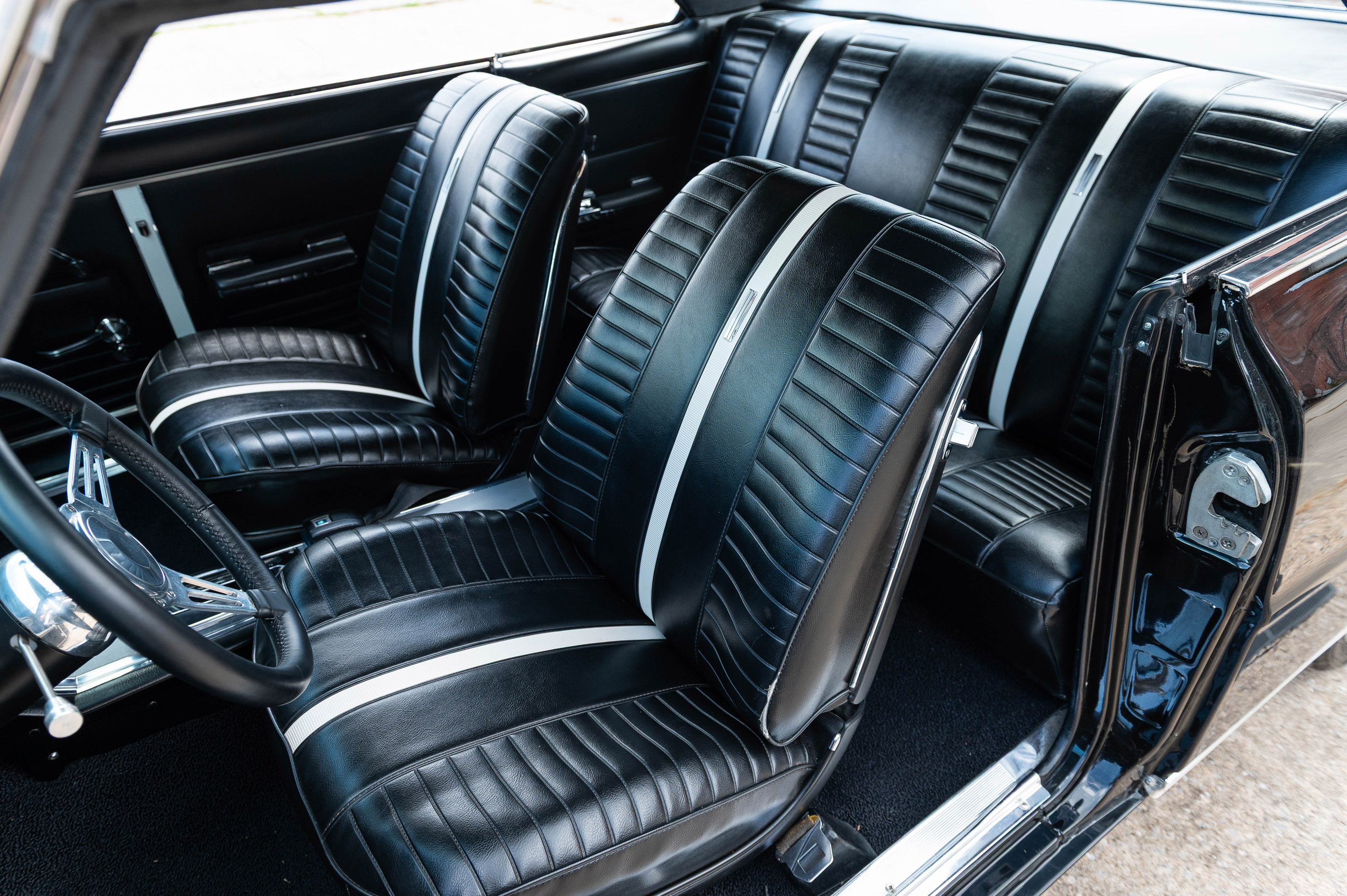After a period of quiet evolution, Audi is revitalizing its brand with a groundbreaking new design philosophy, signaled by the reveal of the all-electric Audi Concept C sports car. Unveiled in Milan and slated for a public appearance at the IAA in Munich, this two-seater convertible is a bold step forward, channeling the legacy of the beloved TT and the iconic R8 into a single, minimalist electric halo car.
The production version of the Concept C, expected to launch in 2027, promises to reshape Audi’s identity and capture the hearts of sports car enthusiasts. It represents a “TT moment 2.0,” a blend of clear design and emotional performance that signals a new electric era for the brand.
The Audi Concept C was led by Massimo Frascella, Audi’s Chief Creative Officer since June 2024. Before joining Audi, Frascella was the Head of Design at Jaguar Land Rover, where he was credited with shaping the current Range Rover design language.
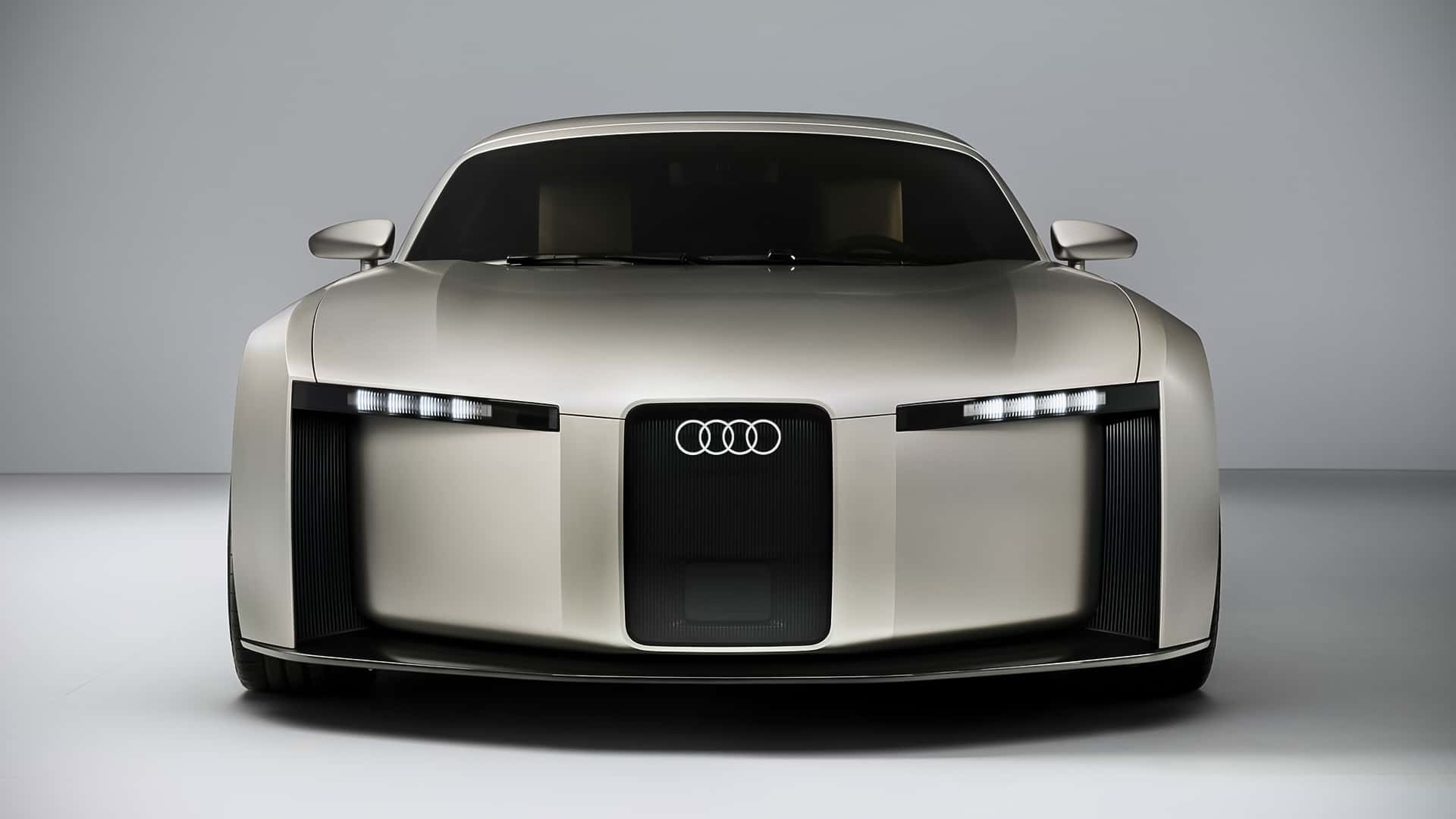
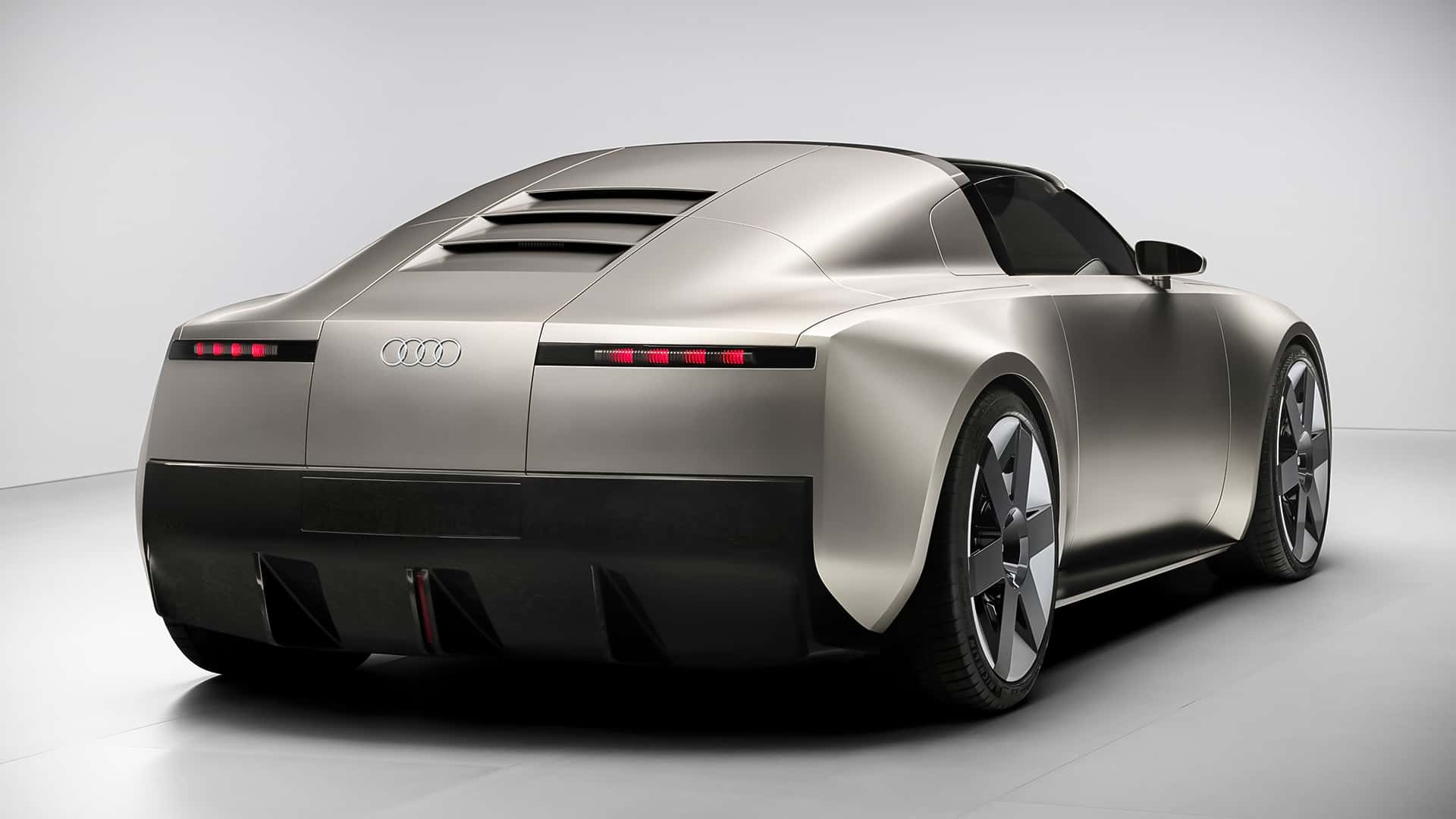
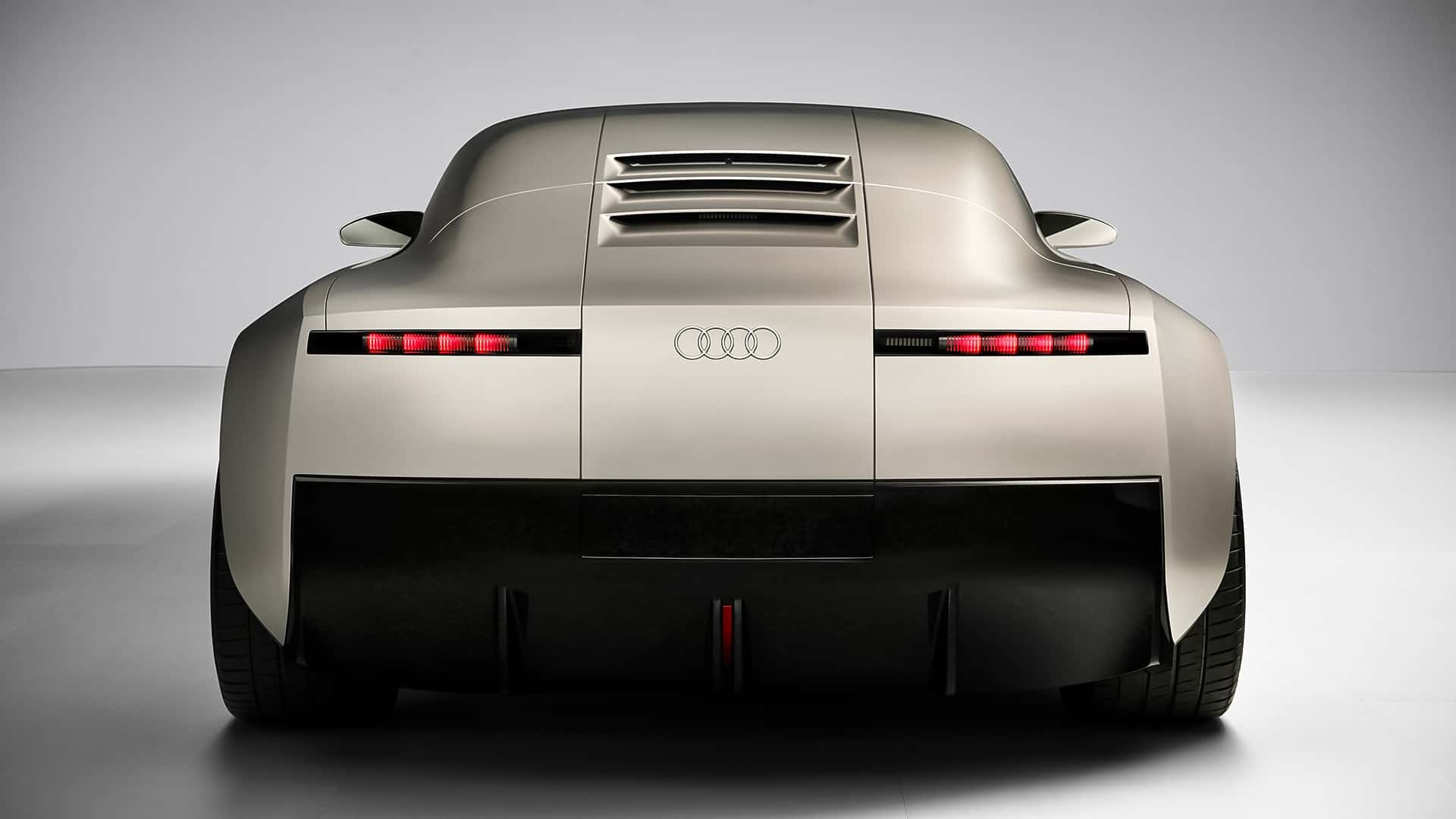
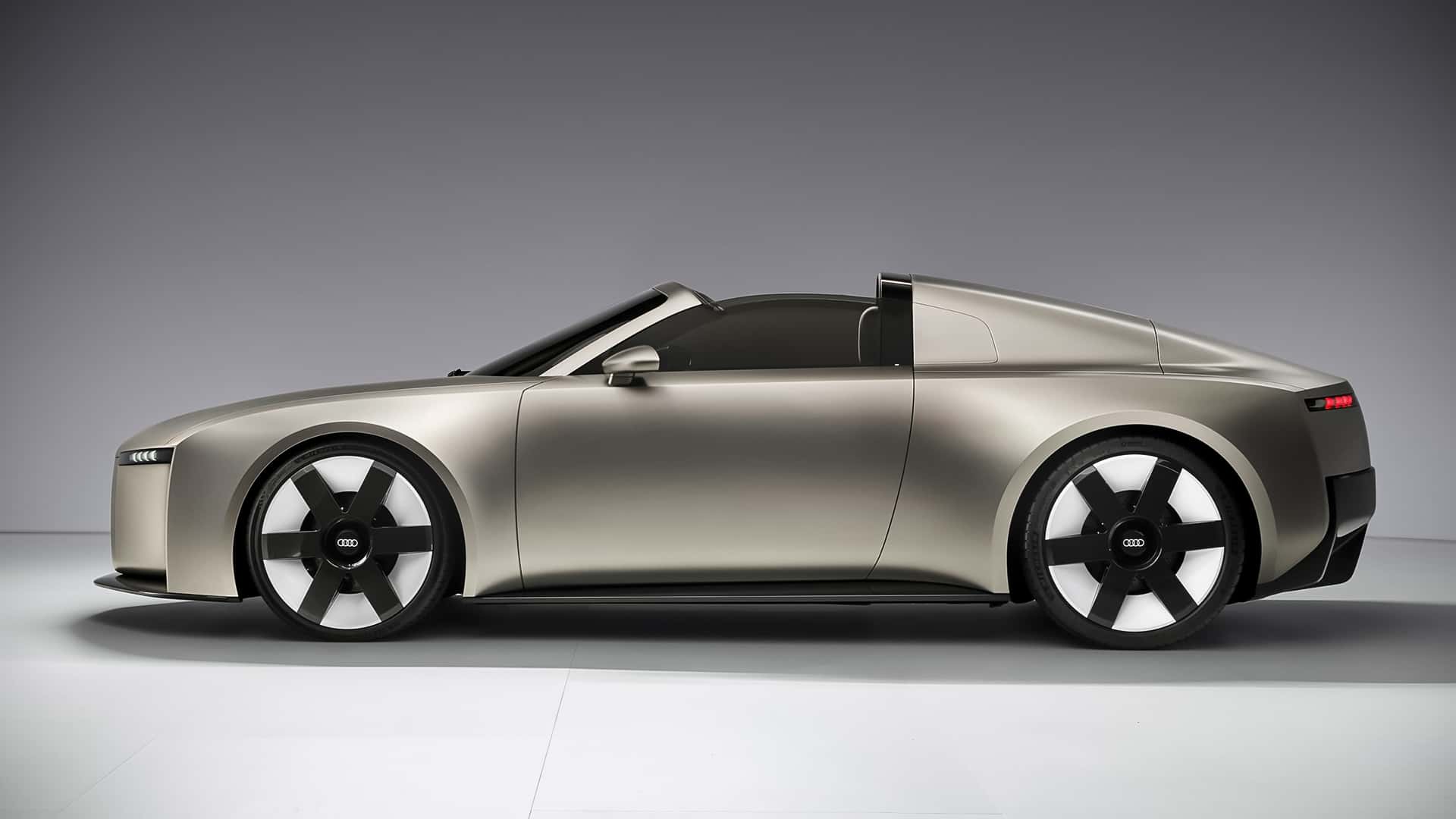
The birth of “Radical Simplicity”
The Concept C is the first full expression of Audi’s new “radical simplicity” design language. Overseen by Chief Creative Officer Massimo Frascella, who also worked on the modern Land Rover Defender, the new aesthetic is defined by uncluttered surfaces and purposeful lines. Key design elements include:
- Vertical frame grille: Inspired by the legendary 1936 Auto Union Type C racer, a new upright vertical frame now defines the front end, giving the Concept C a distinct and modern face.
- Monolithic body: The overall silhouette is characterized by broad, muscular surfaces punctuated by a single, sharp character line. This gives the car a solid, anchored look, amplified by the cab-back proportions made possible by its central-battery layout.
- Quad-element lighting: A new four-element light signature, seen in both the headlights and taillights, creates a new visual identity for the Audi brand that will appear on future models.
- Retractable hardtop: In a first for an Audi roadster, the Concept C features an electrically retractable hardtop with two folding panels. This offers the best of both worlds: the security of a coupe with the freedom of a convertible.
A refined and distraction-free interior
Audi’s shift to simplicity extends to the cabin, which offers a stark departure from the multi-screen interiors of many current models. The Concept C embraces a “shy tech” approach, with a focus on high-quality materials and tactile feedback.
- Foldable screen: The 10.4-inch center infotainment display folds away into the dashboard when not in use, creating a minimalist and distraction-free environment.
- Tactile controls: Anodized aluminum switches and controls provide satisfying, mechanical feedback, a clear response to complaints about the capacitive touch controls found on other Volkswagen Group products.
- Sustainable materials: The interior features wool and recycled textiles instead of leather and plastic, signaling Audi’s commitment to sustainable luxury.
Performance and platform details
While specific performance figures for the Concept C are not yet available, we know a few crucial details about its powertrain and platform:
- All-electric: The production version of the Concept C will be electric-only, built on the same 800V architecture as the upcoming electric Porsche 718 (Boxster and Cayman).
- Powertrain options: Buyers will be able to choose between a single-motor, rear-wheel-drive setup or a dual-motor, all-wheel-drive system.
- Targeted range: With the shared Porsche architecture, the Concept C is likely to offer over 300 miles of range.
Production timeline and positioning
The production version of the Concept C is scheduled to arrive in 2027, with sales limited to the “low five-digit numbers” globally. Its price point is expected to land between the discontinued TT and the R8, likely in the six-figure range, offering a new entry into Audi’s performance car lineup.
This car is more than just a replacement for the TT; it is a statement of intent. As Audi streamlines its portfolio and shifts its focus, the Concept C proves that the brand’s spirit of high-performance and innovative design is ready for its electric future.
Audi Concept C Photo Gallery:
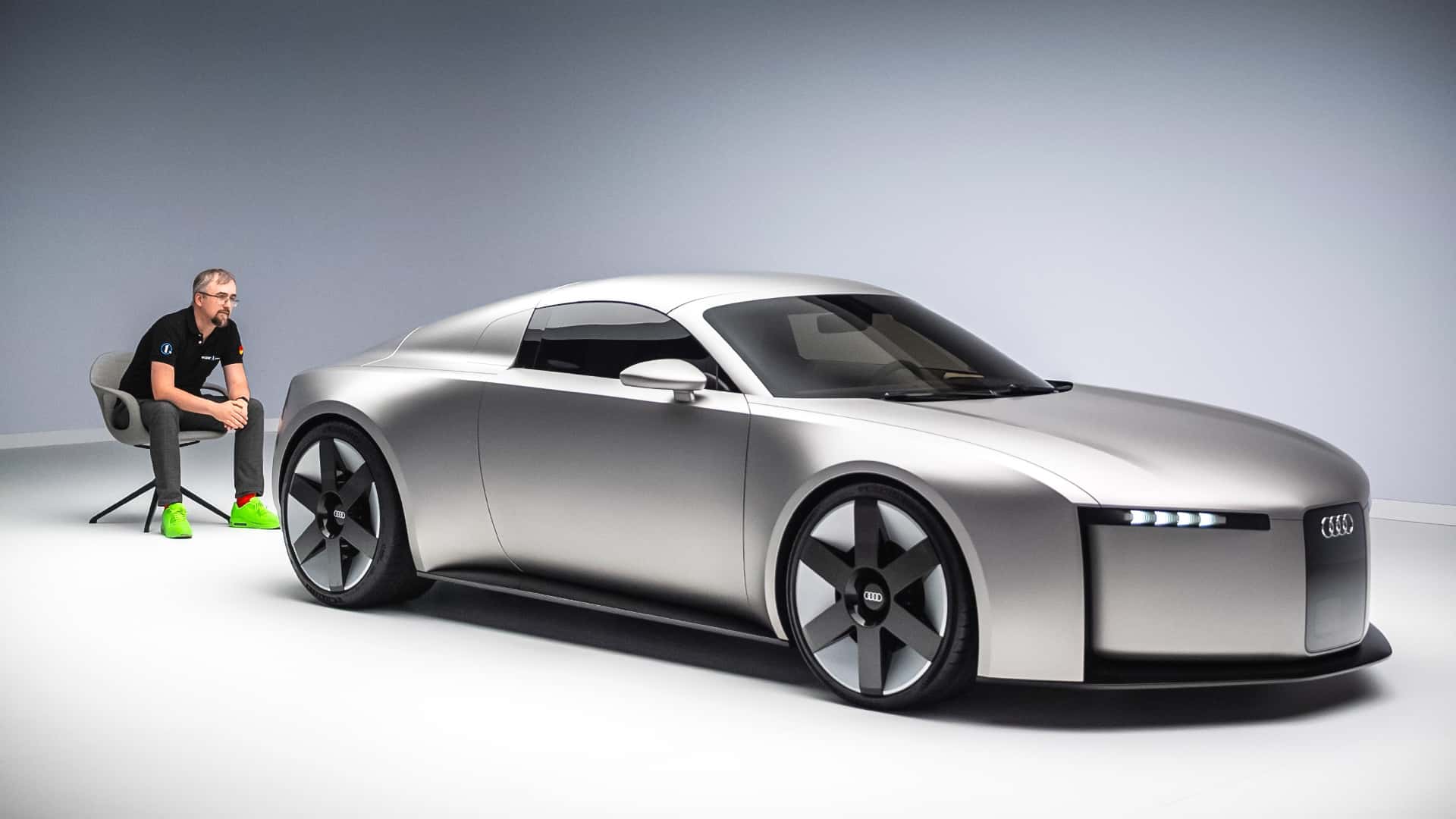
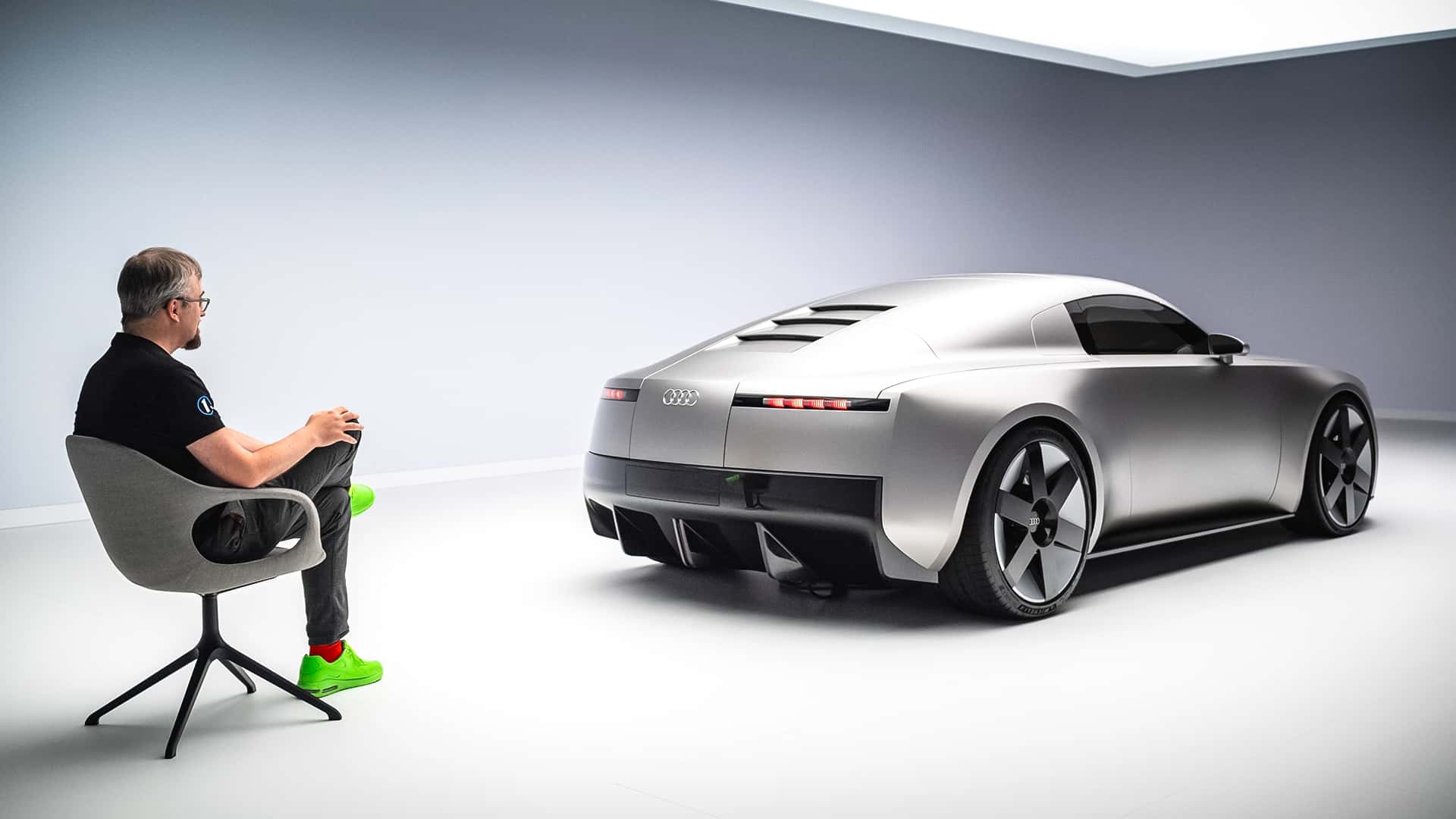
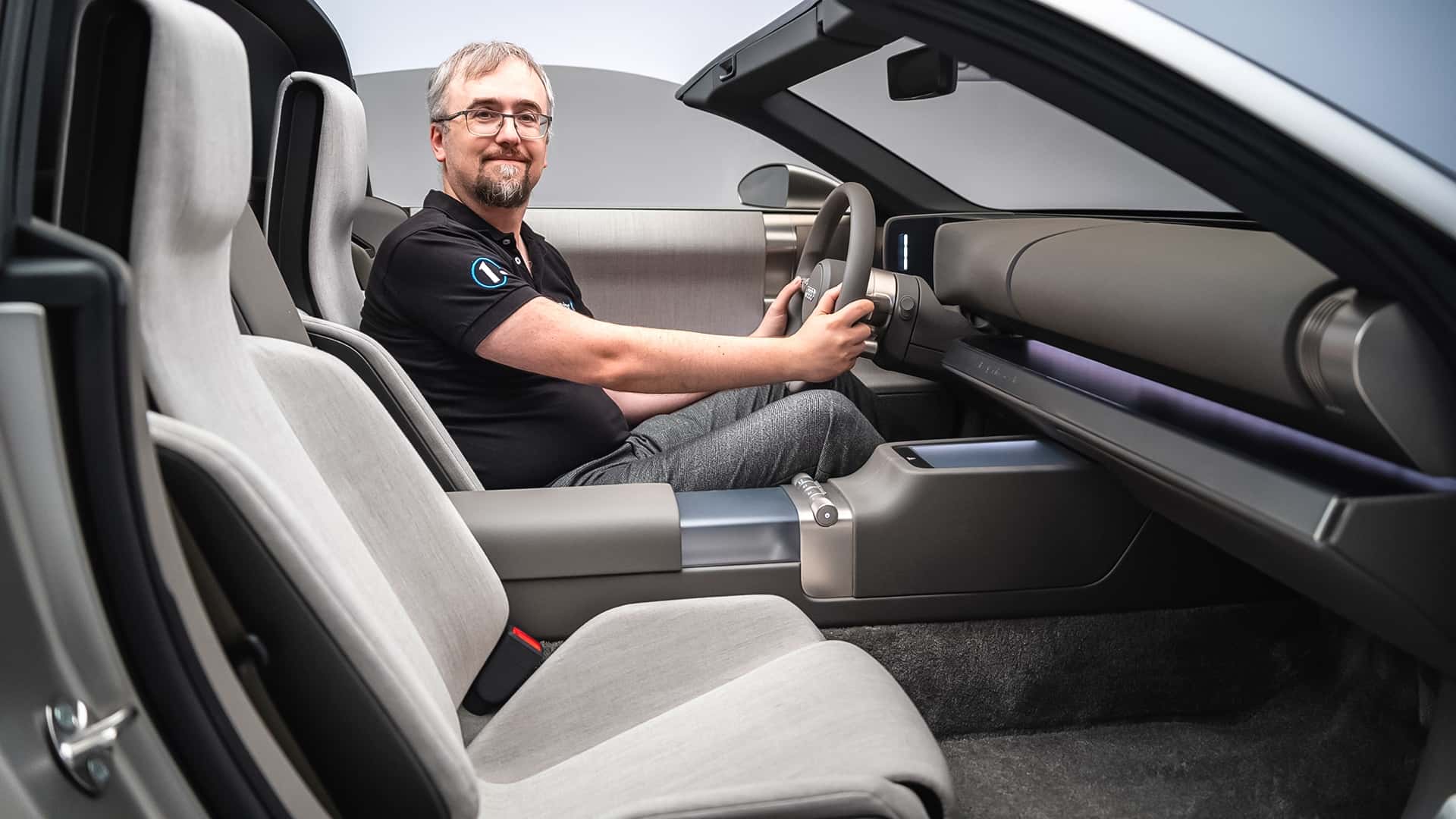
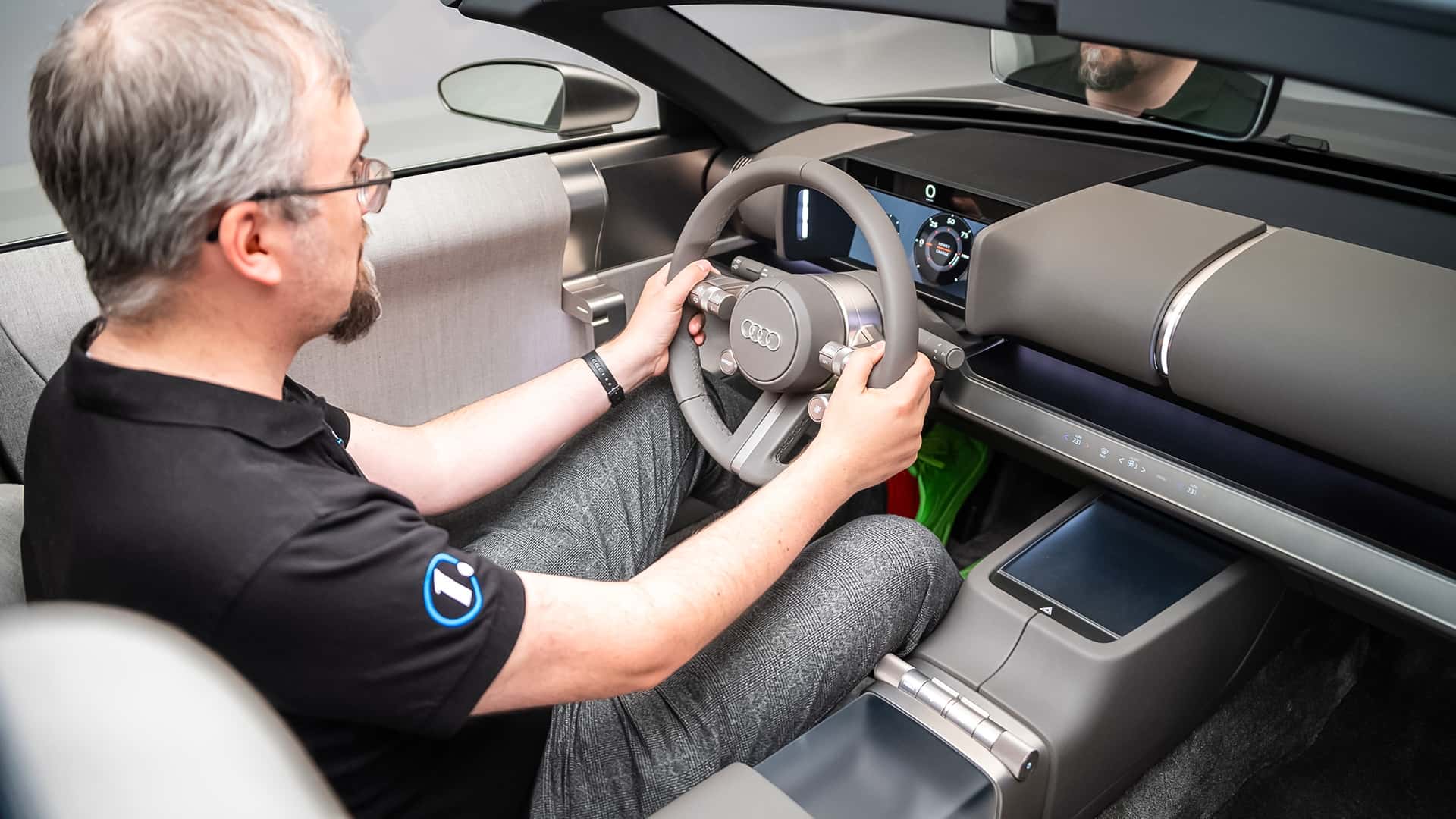
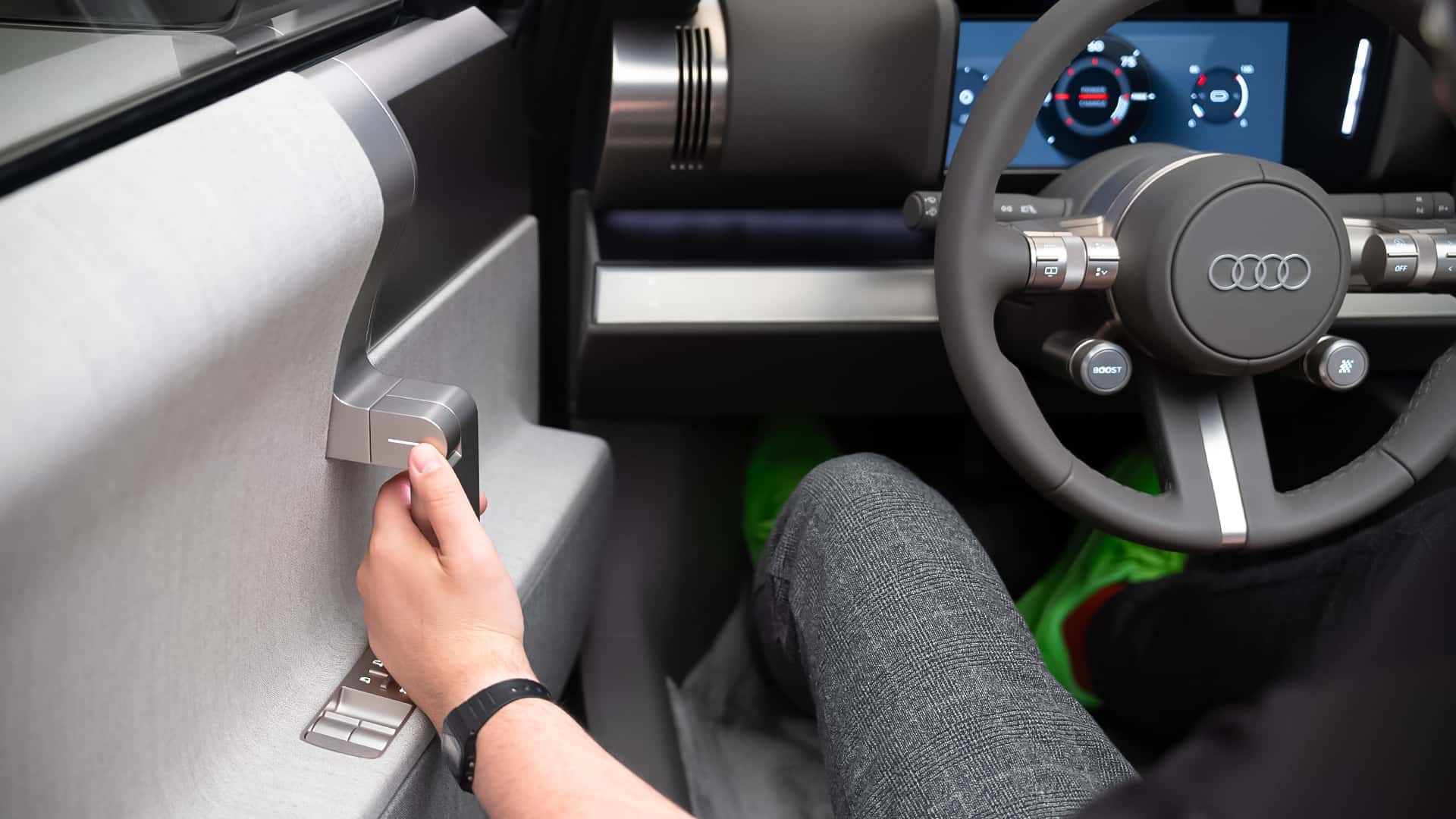
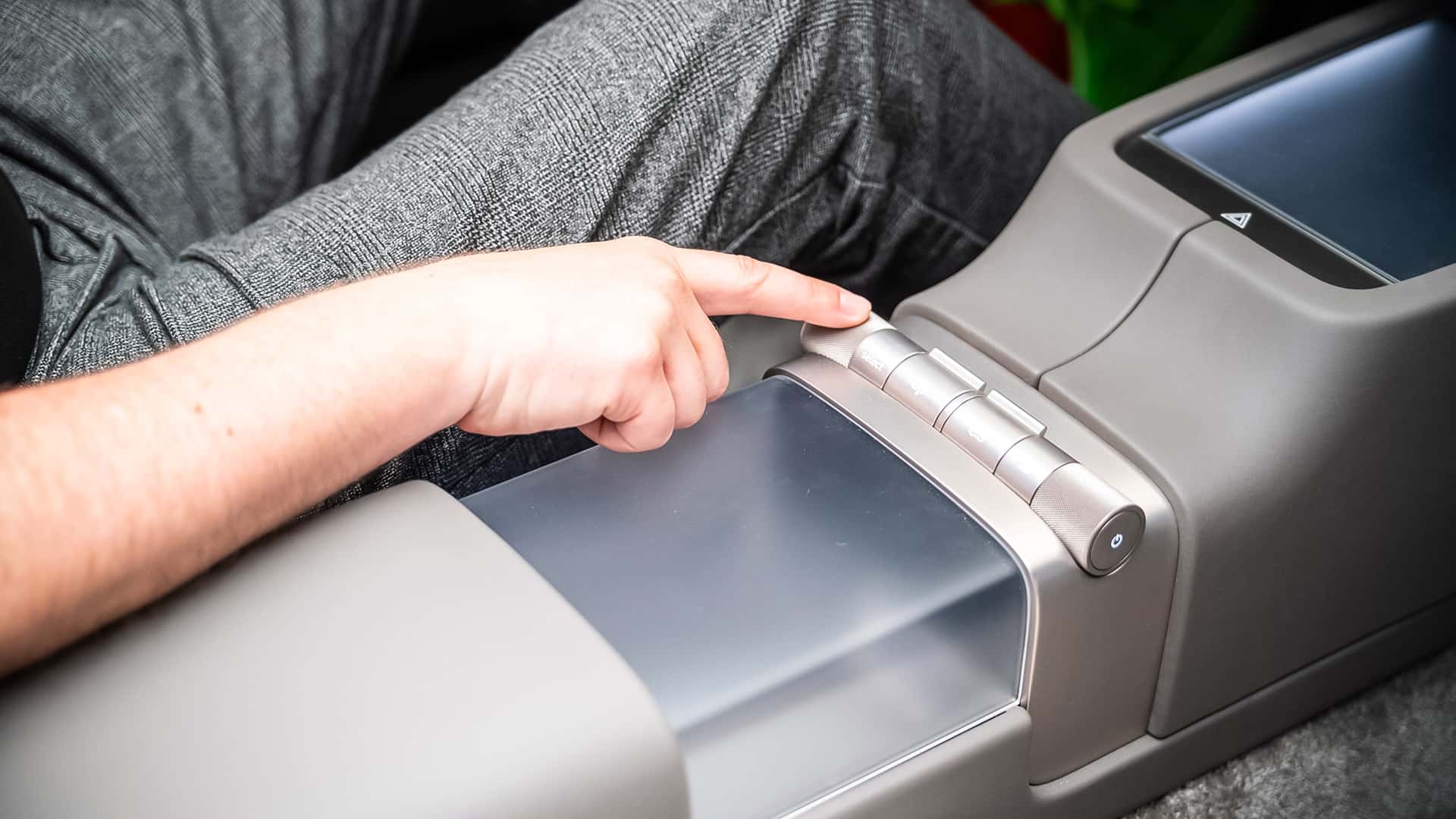
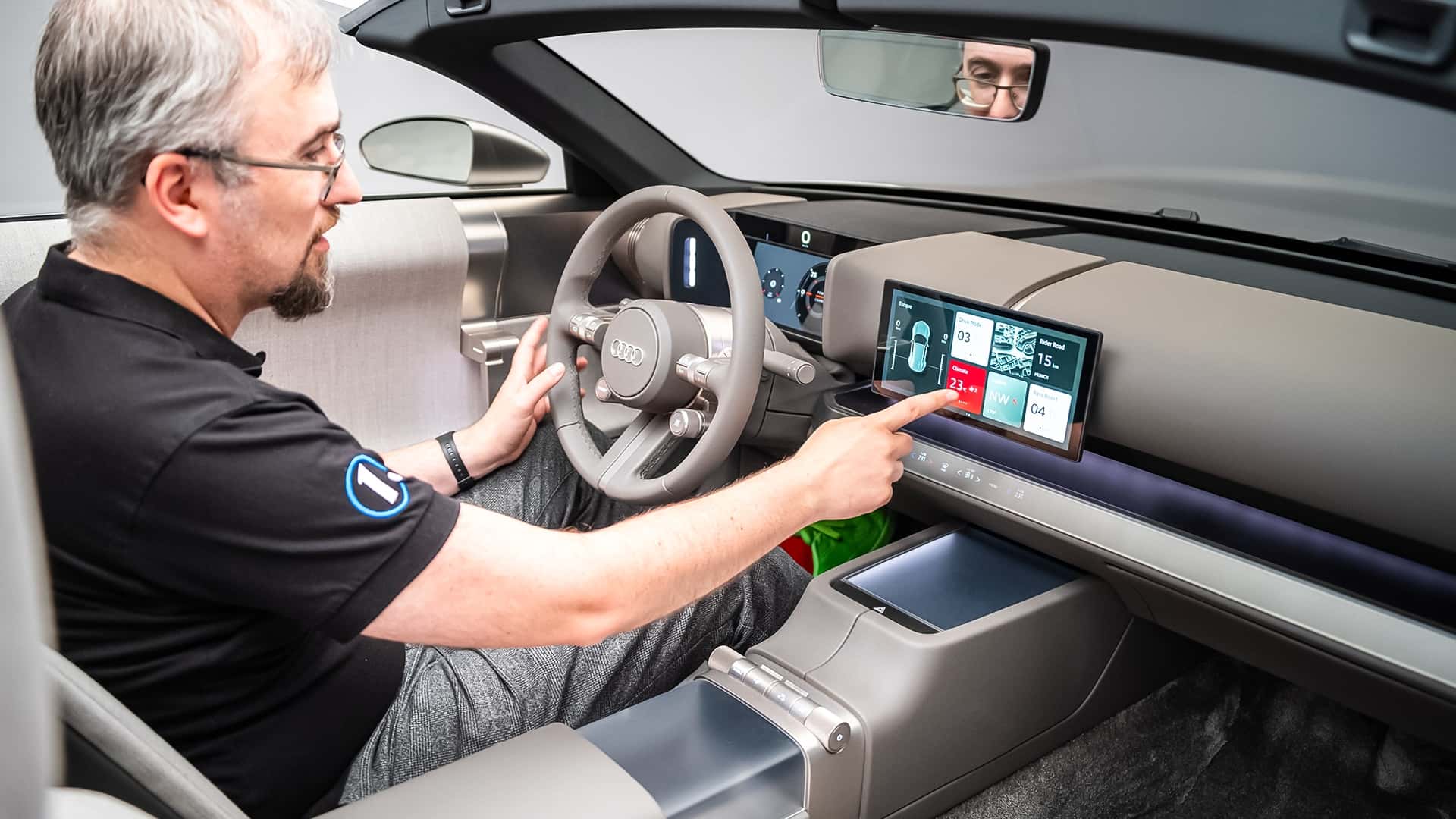
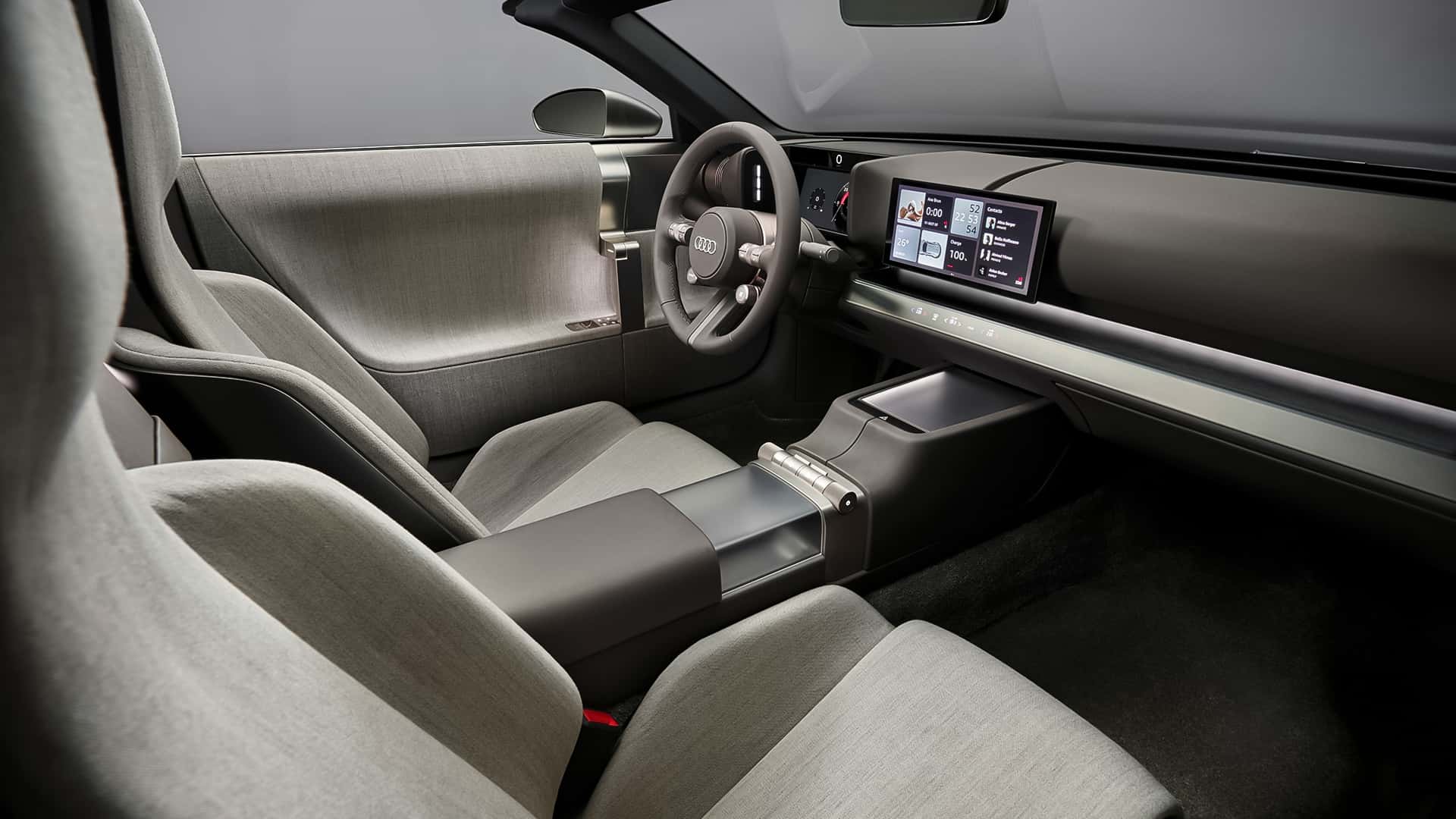
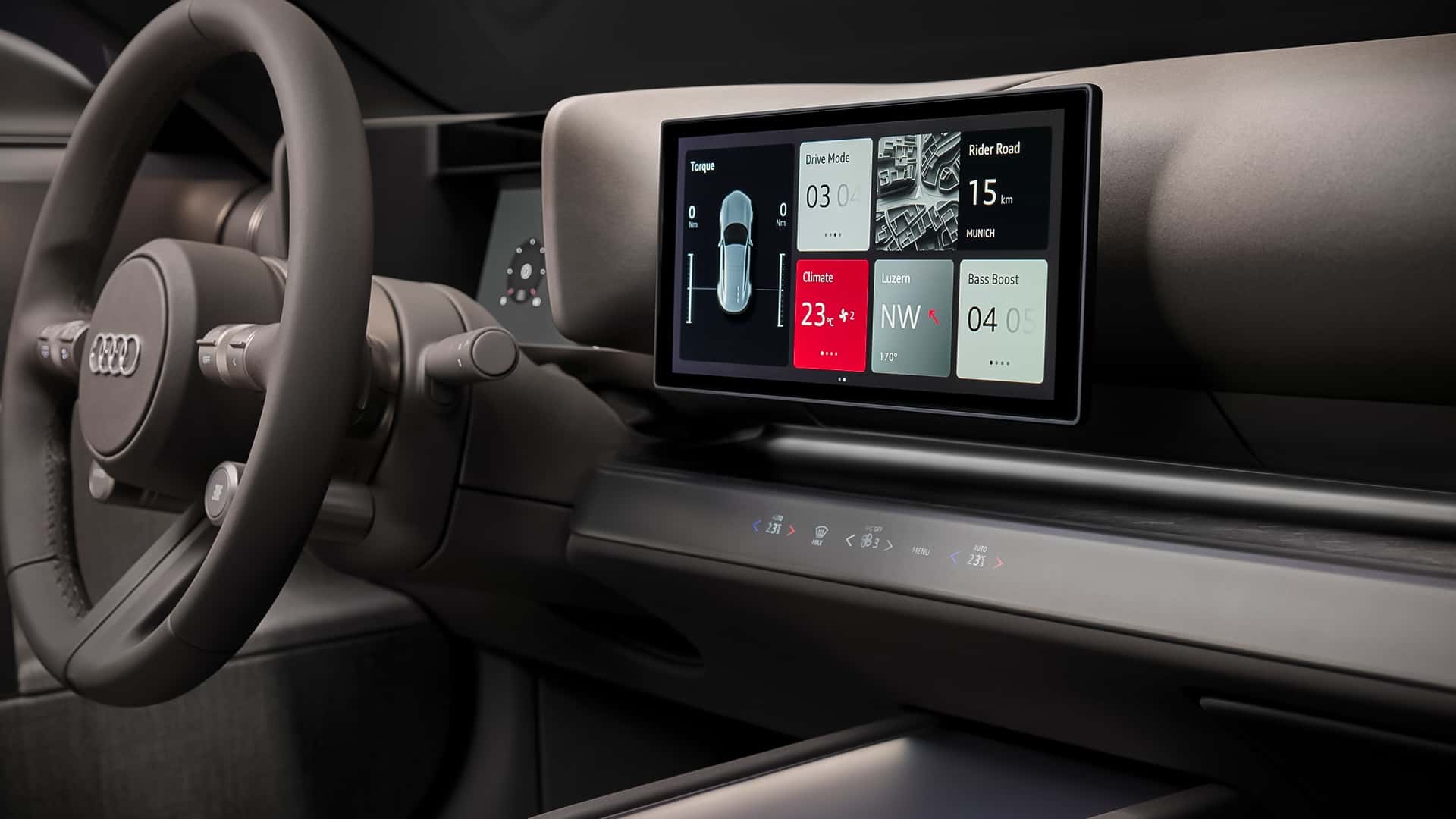
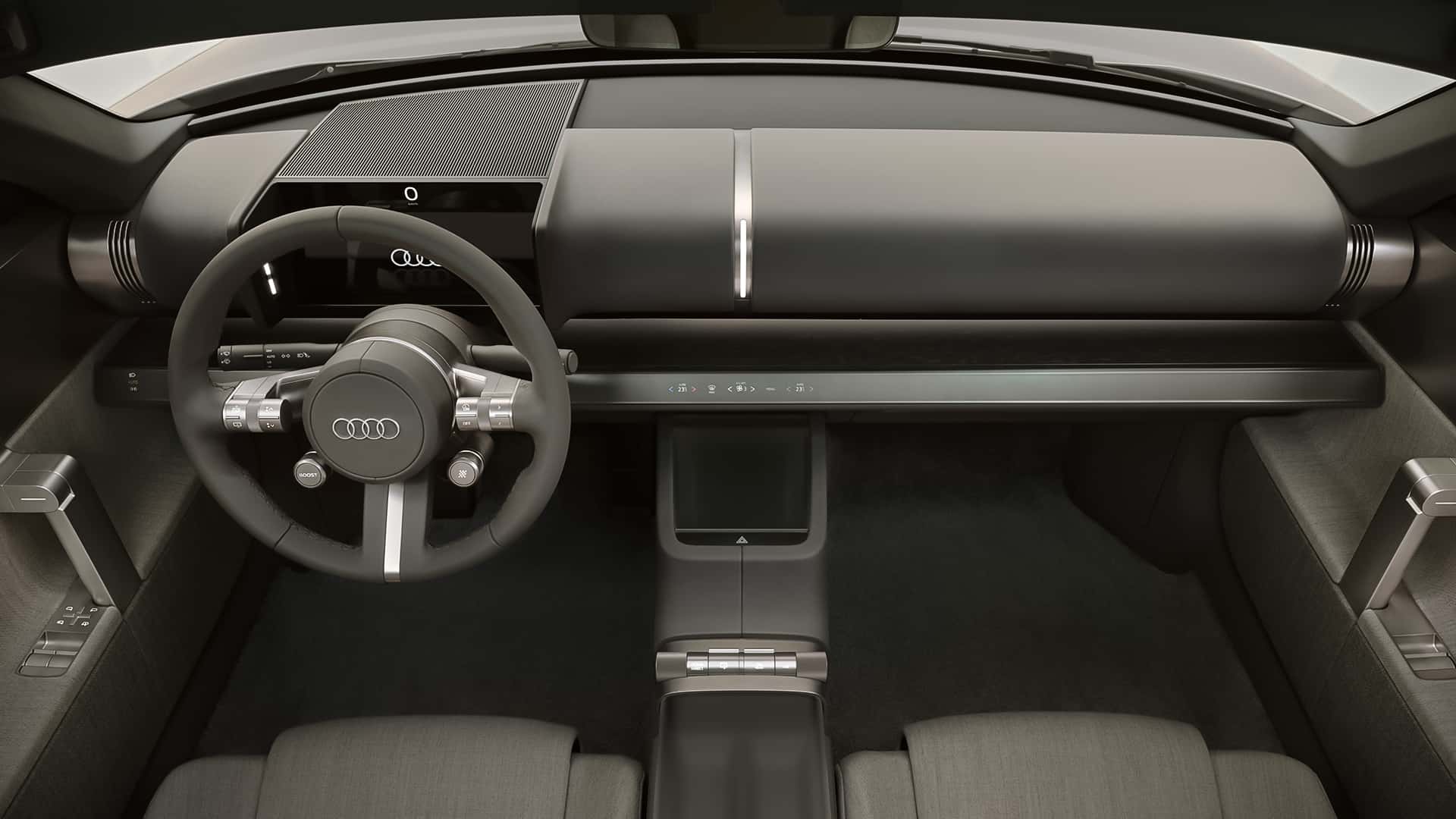
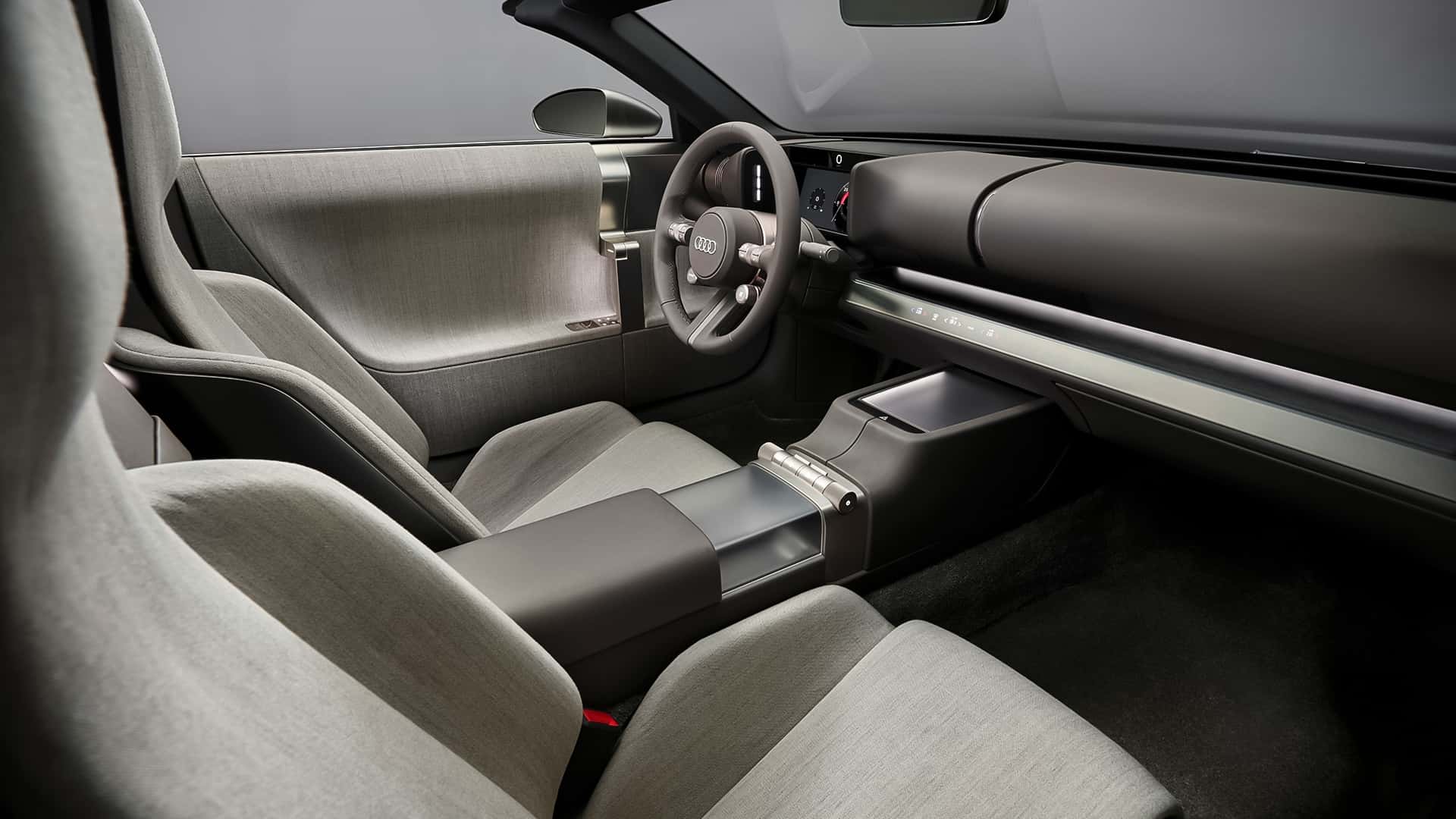
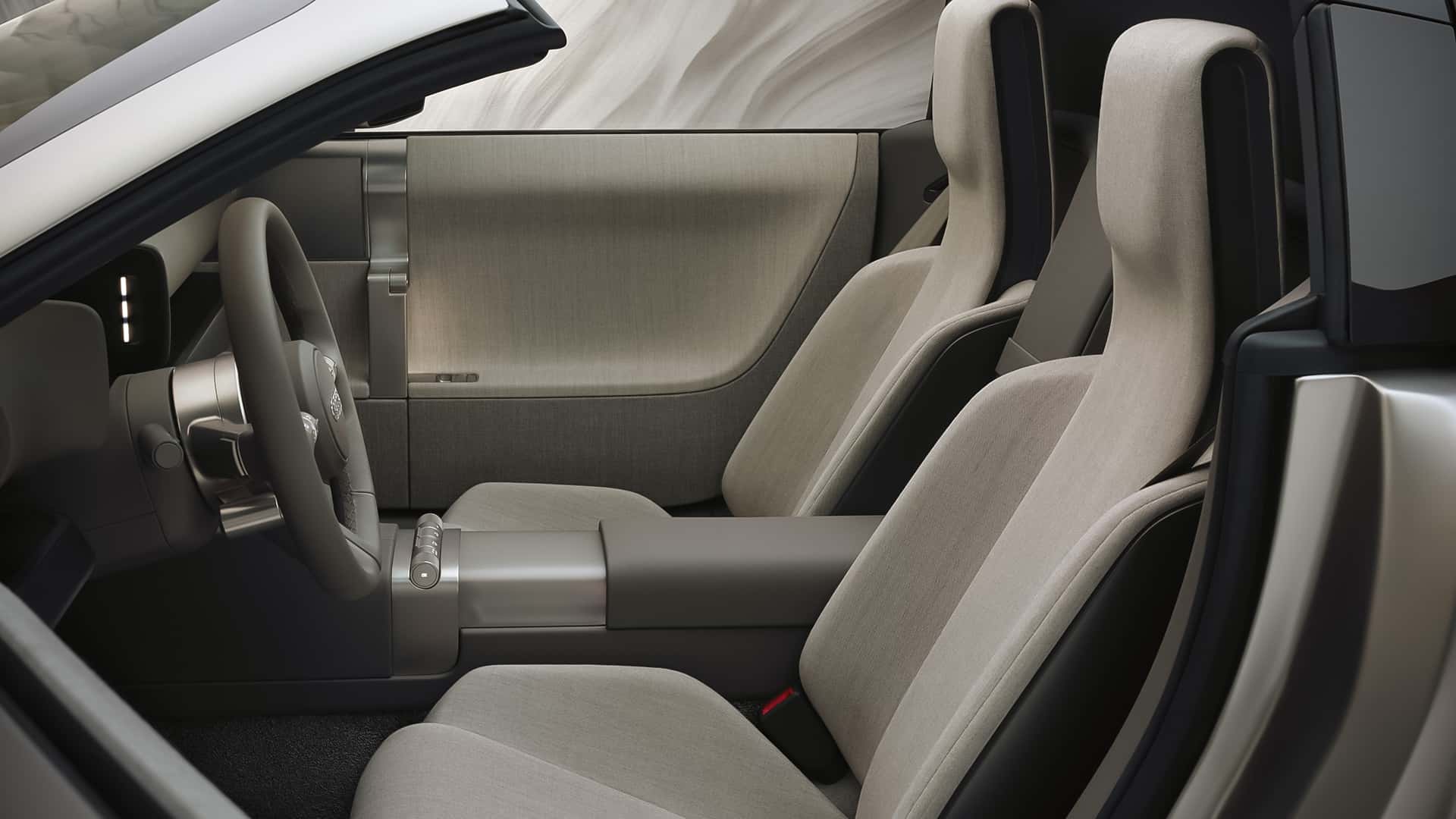
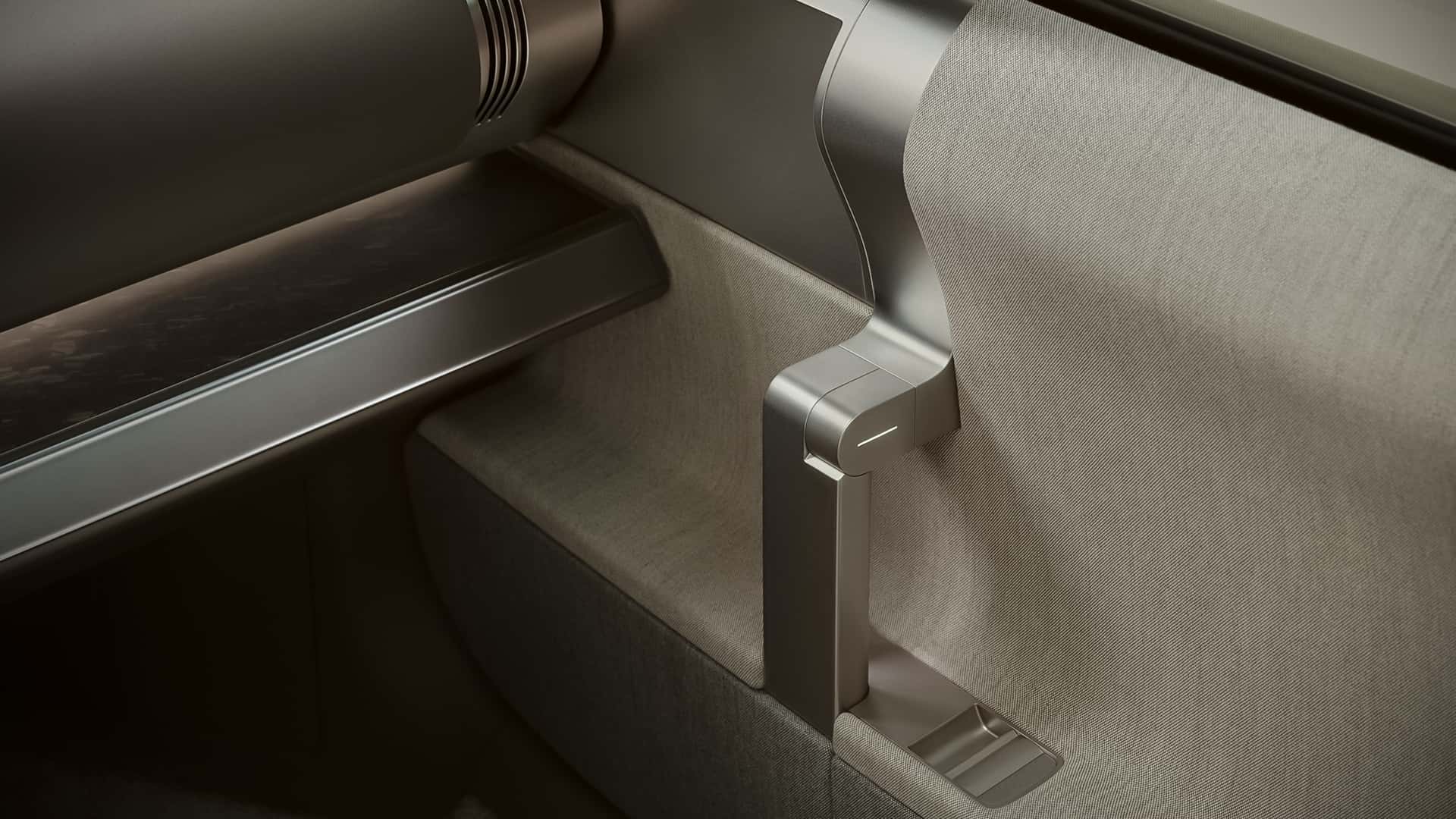
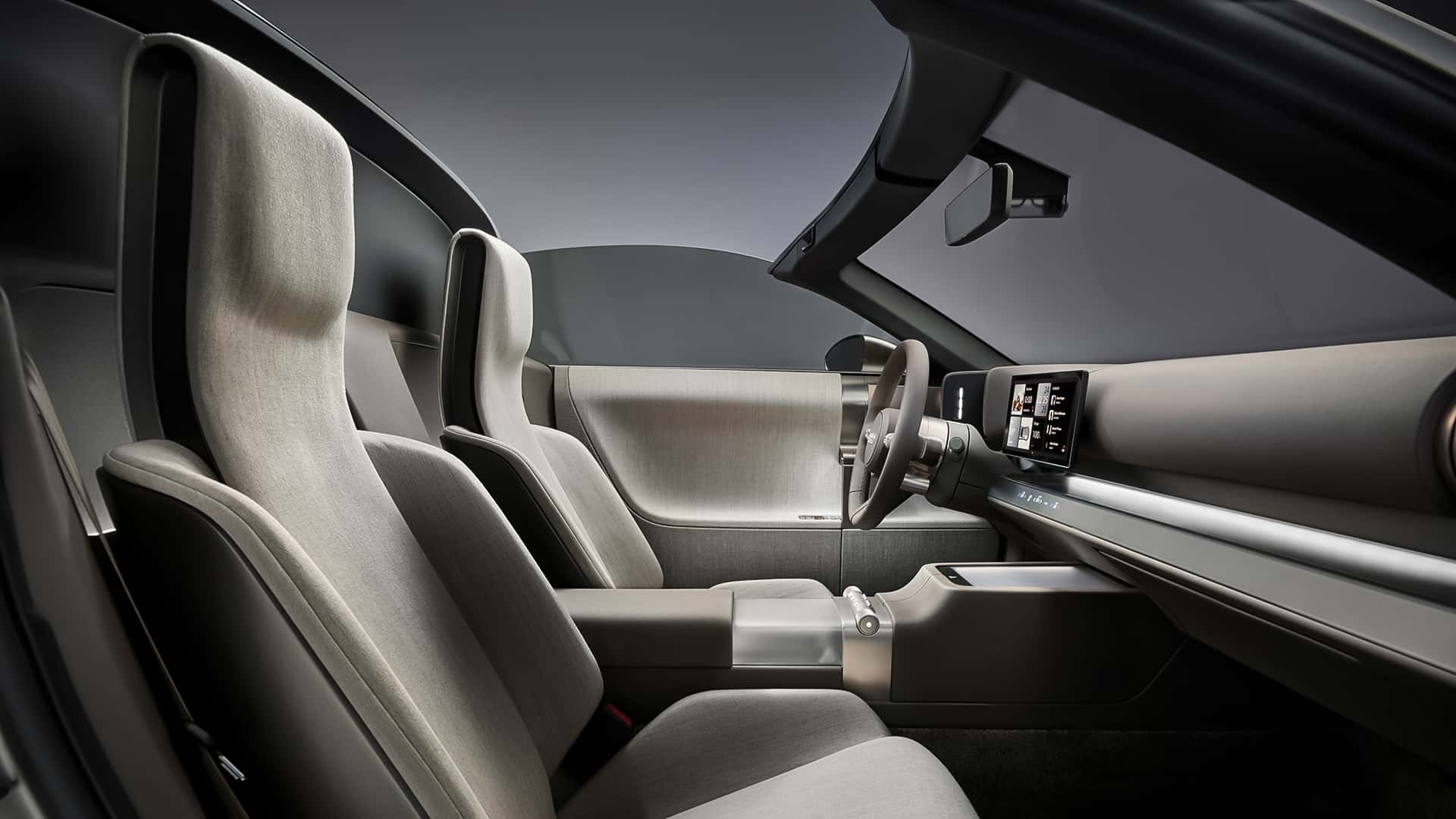
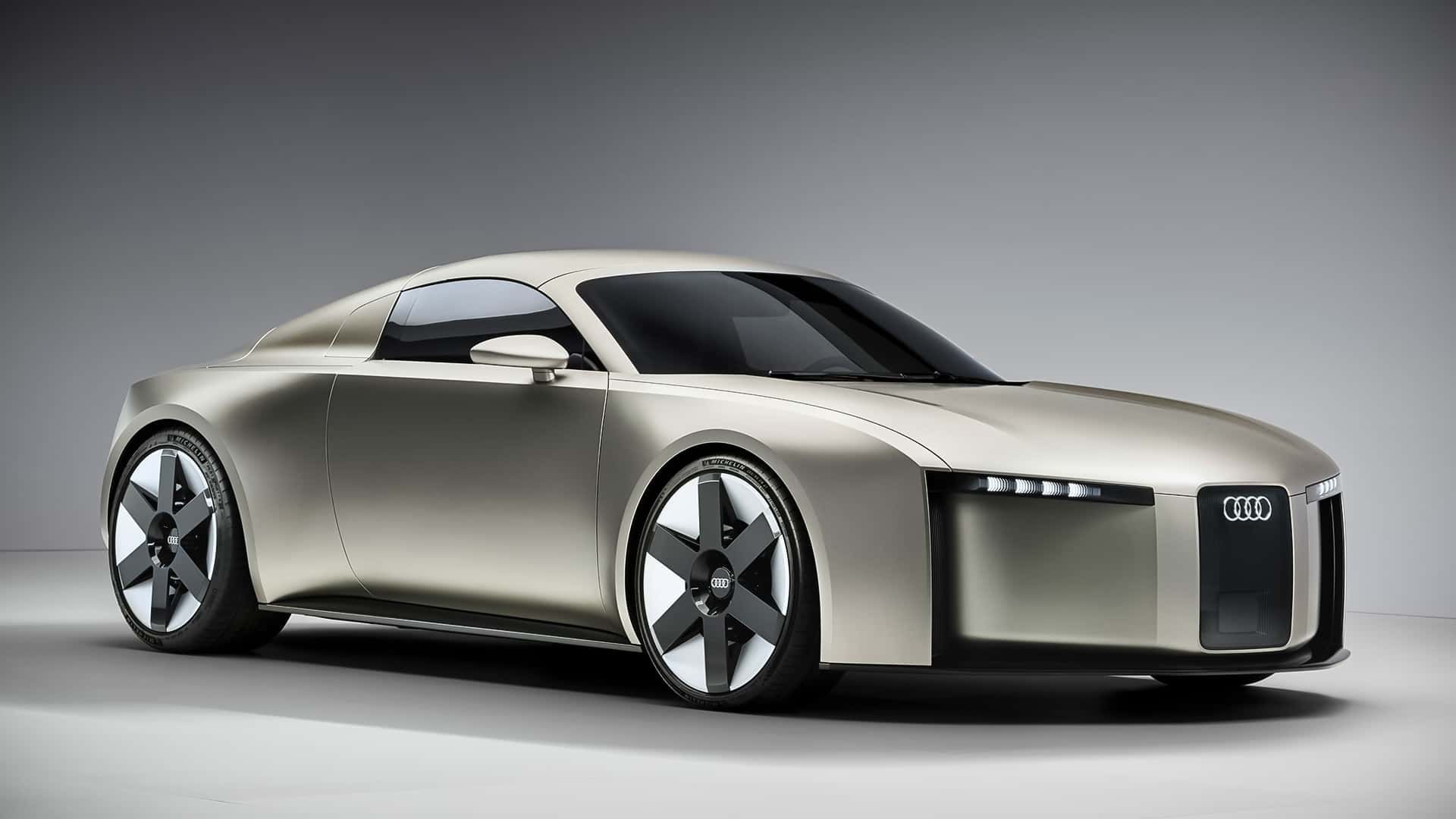
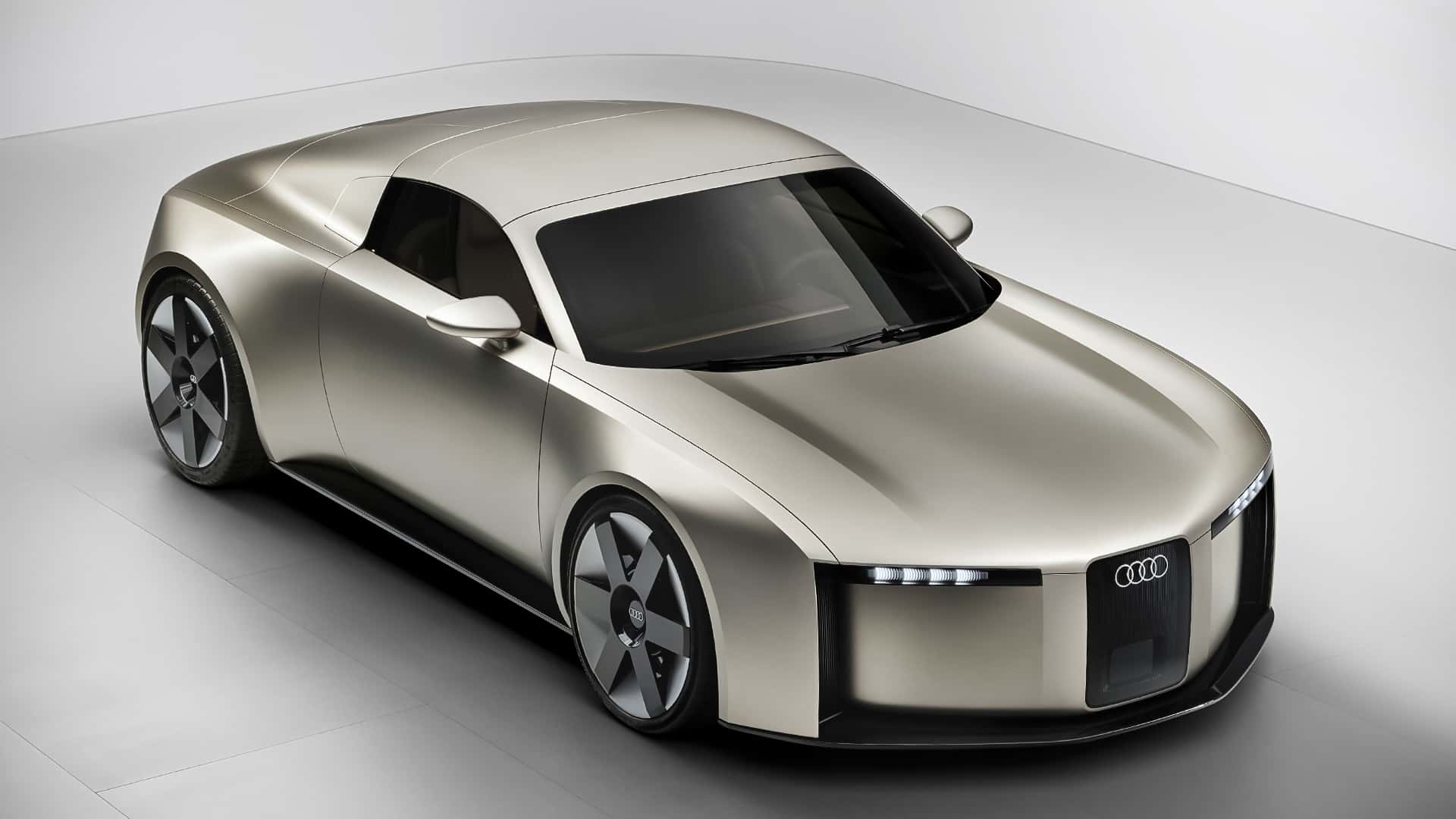
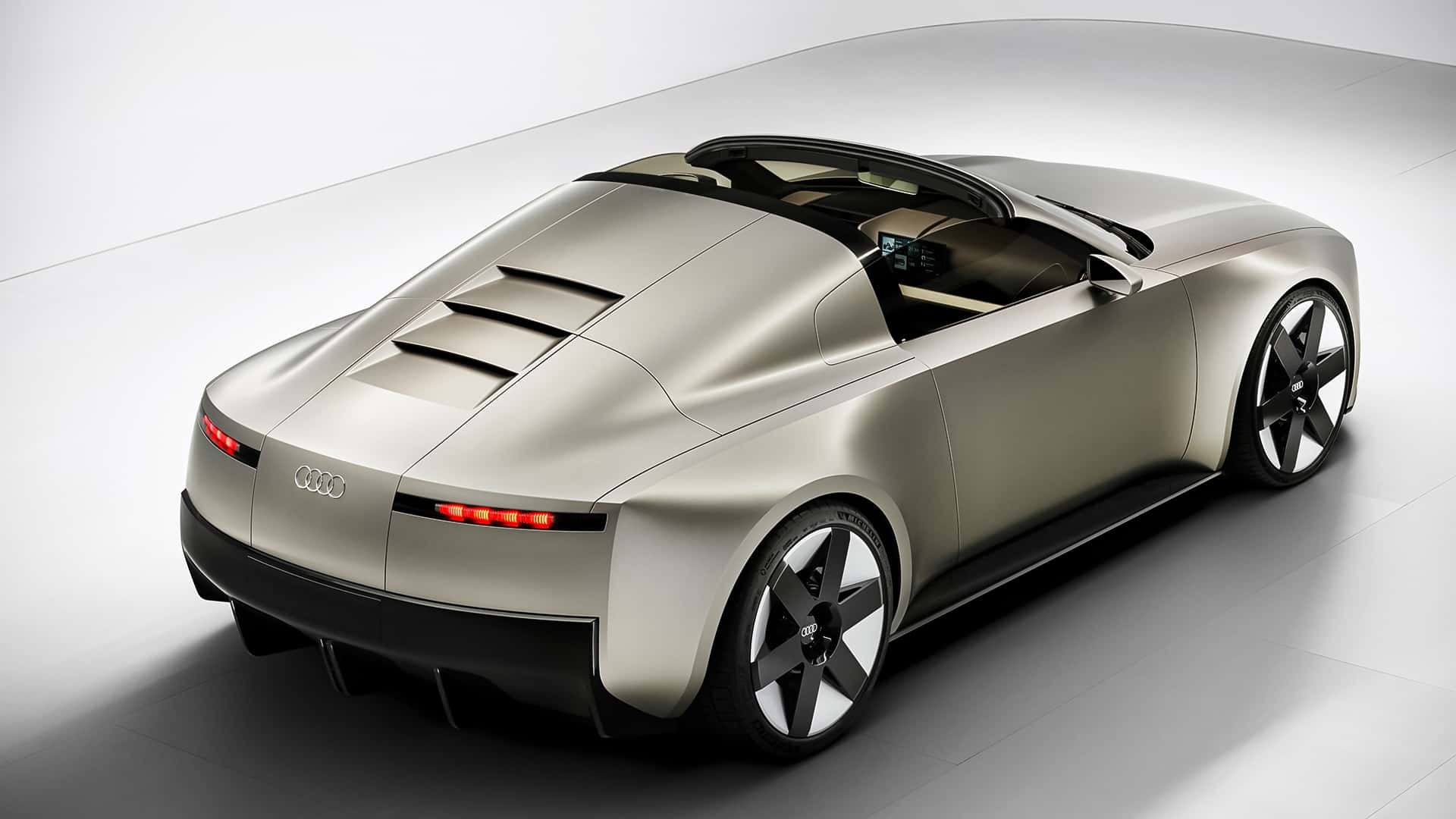
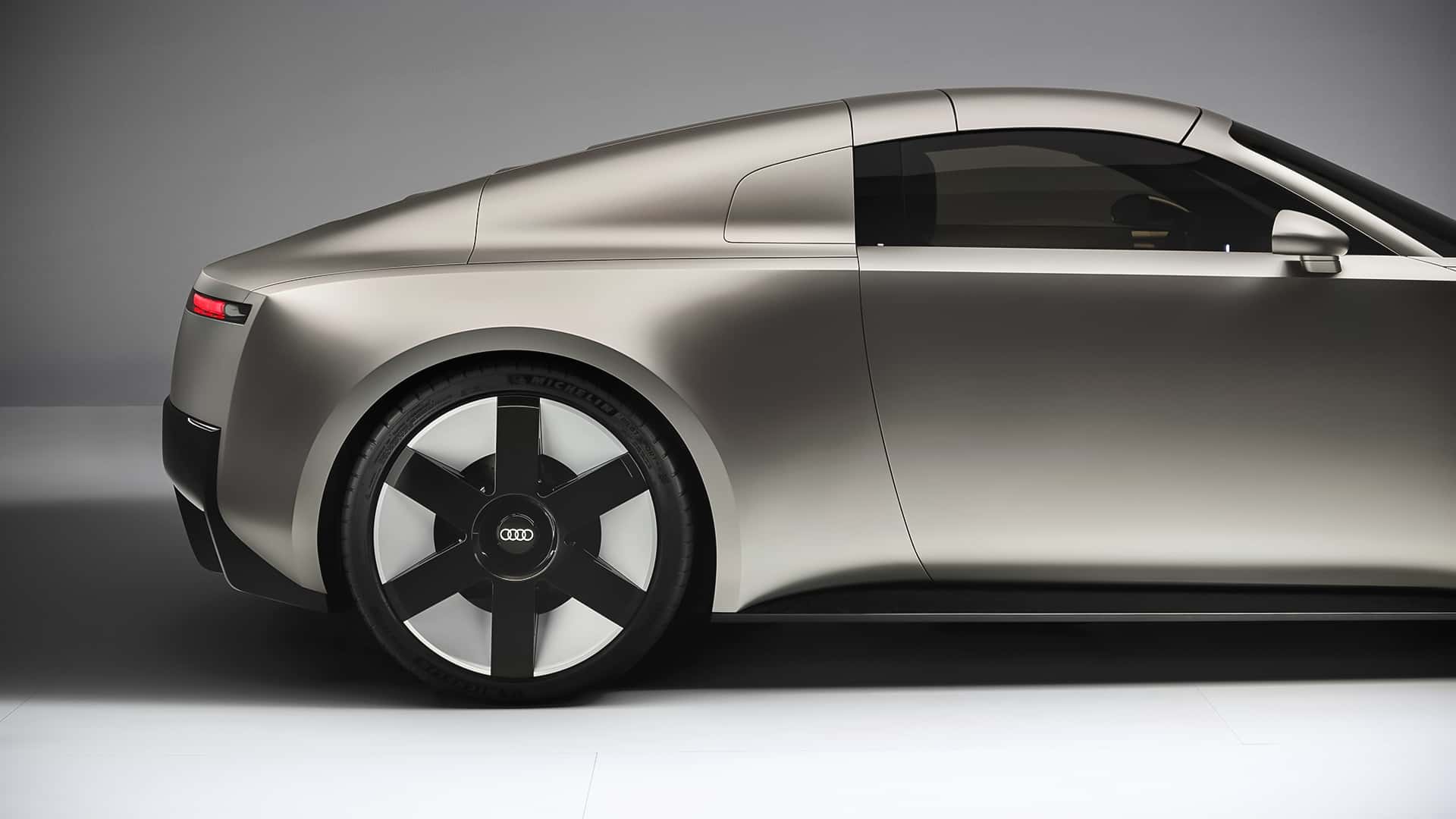
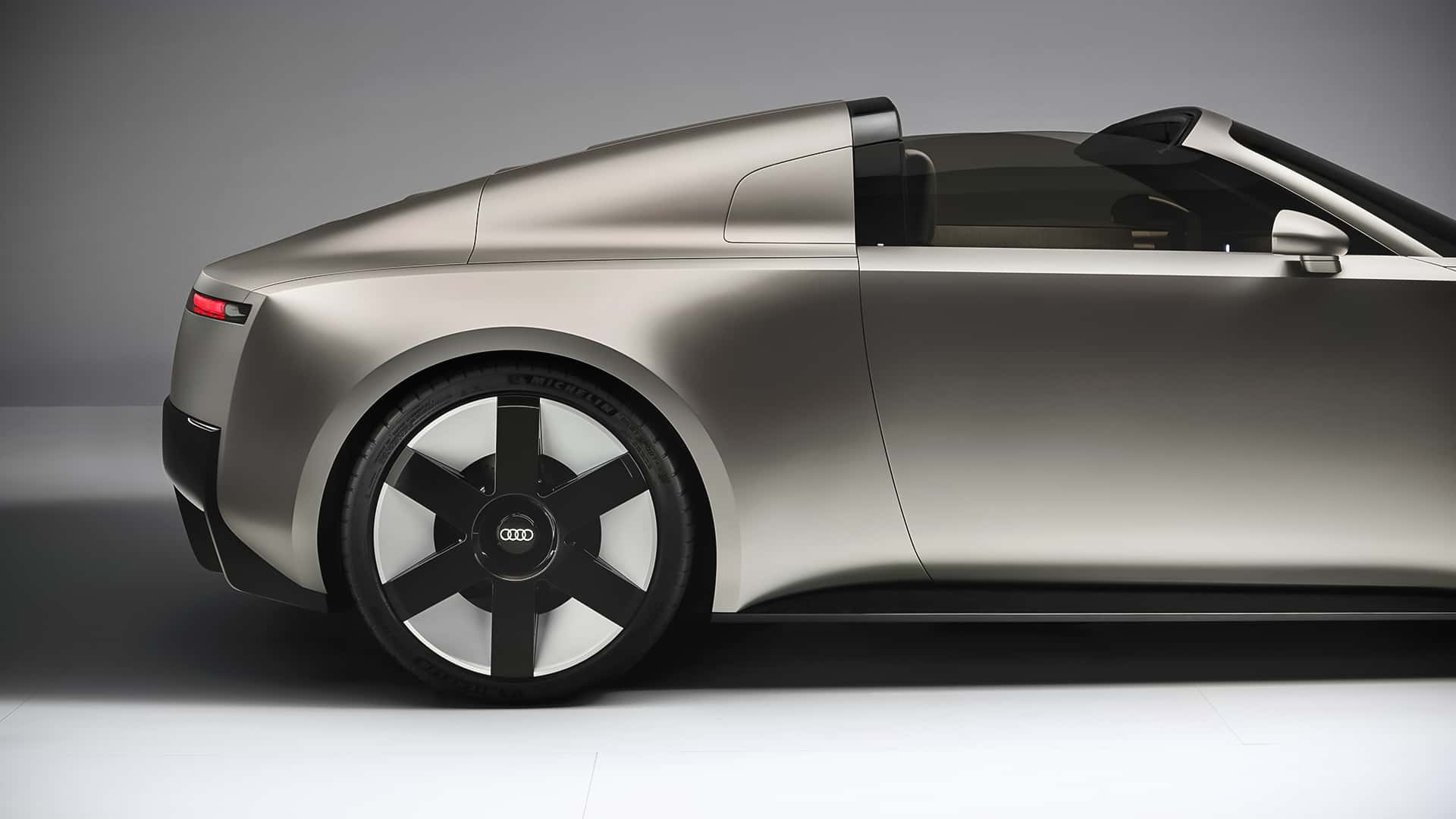

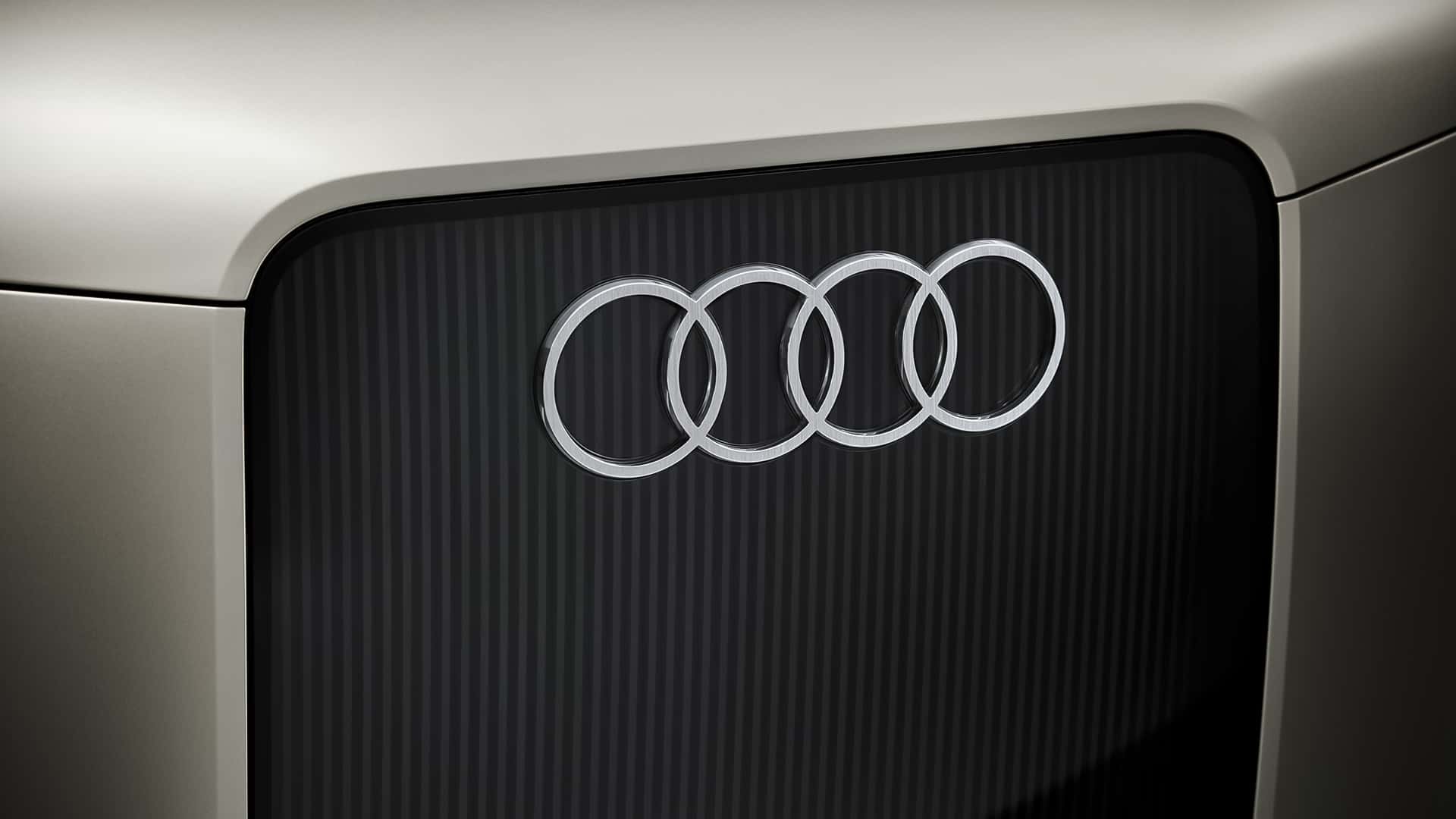
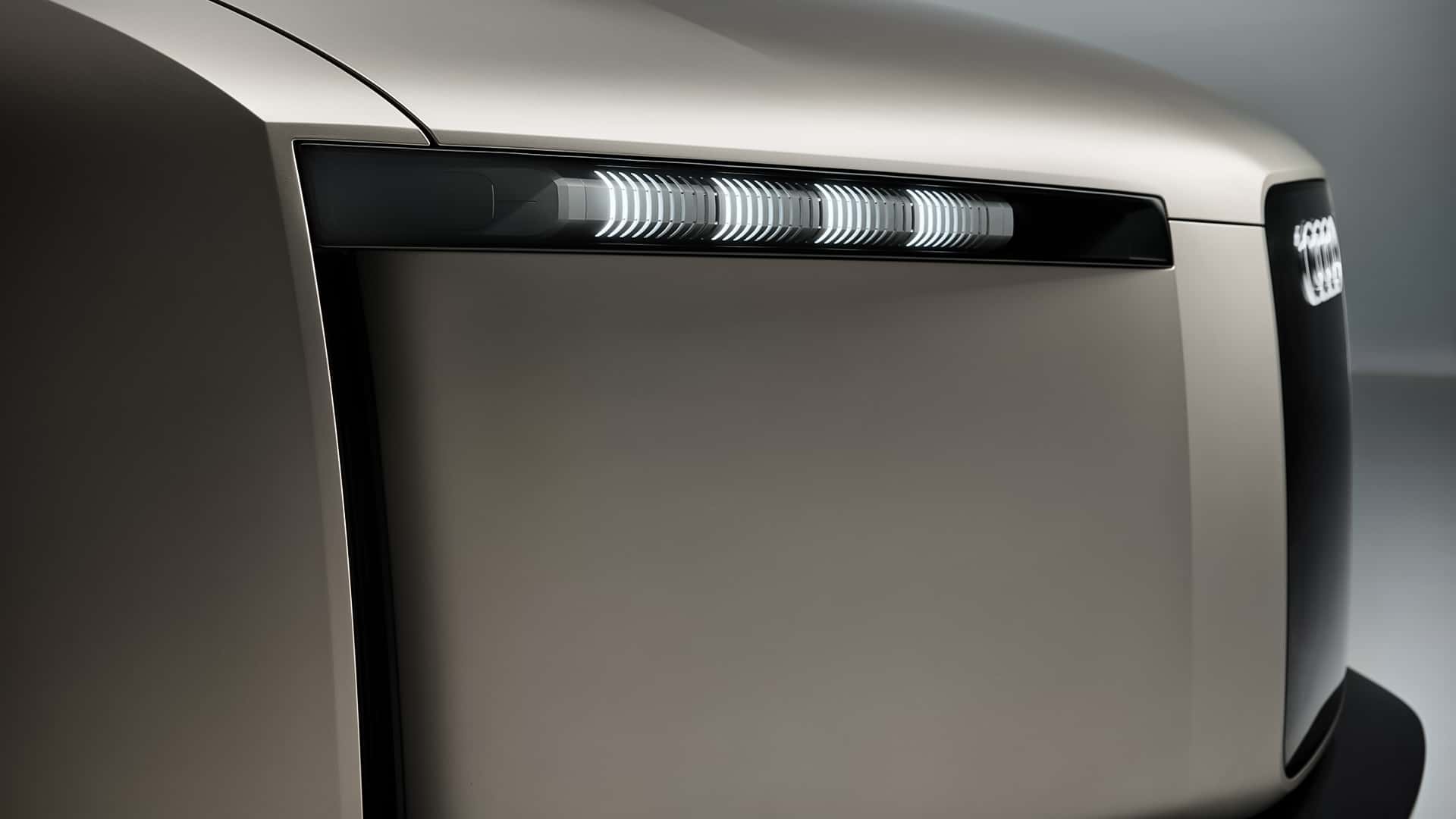
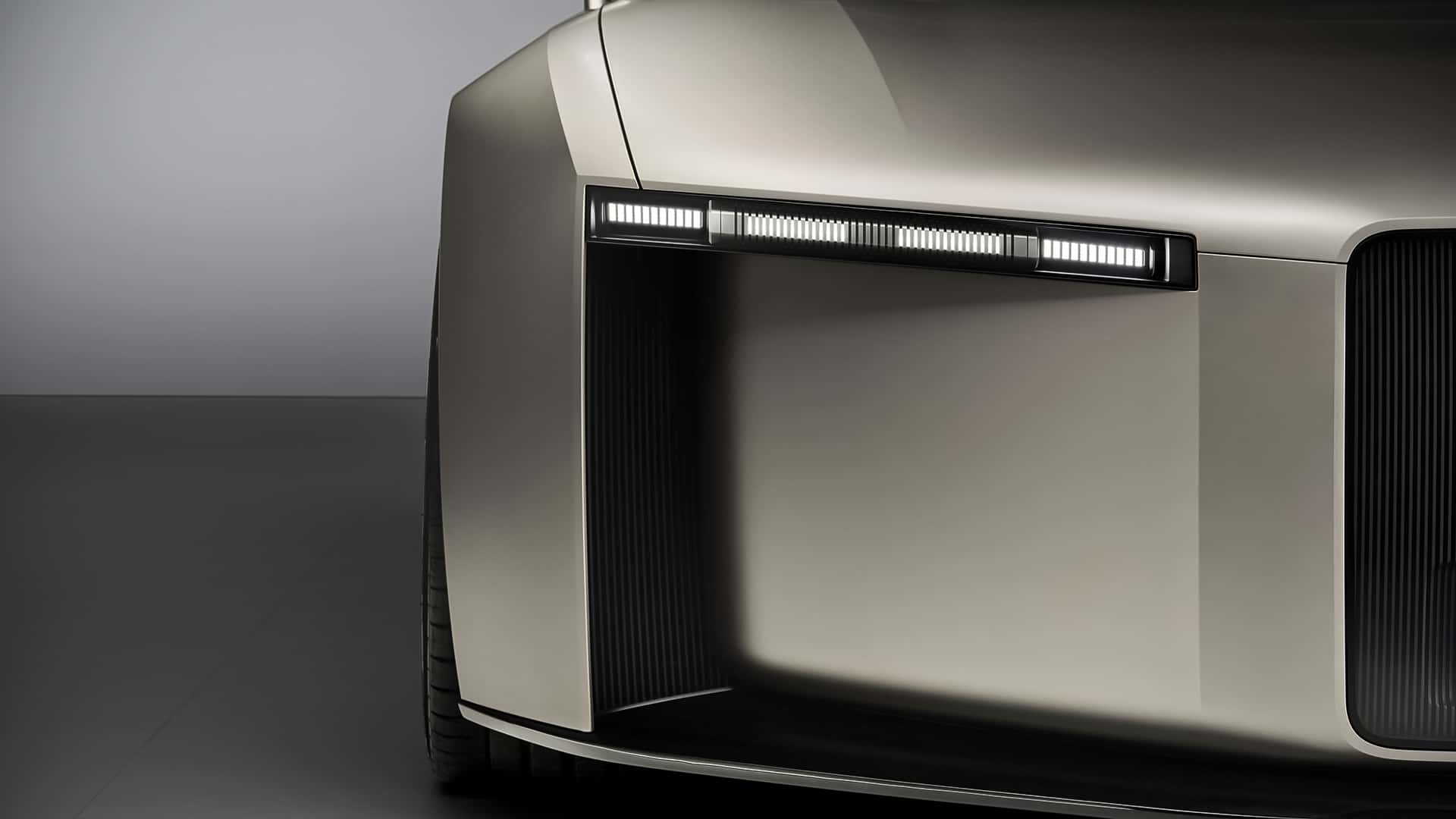

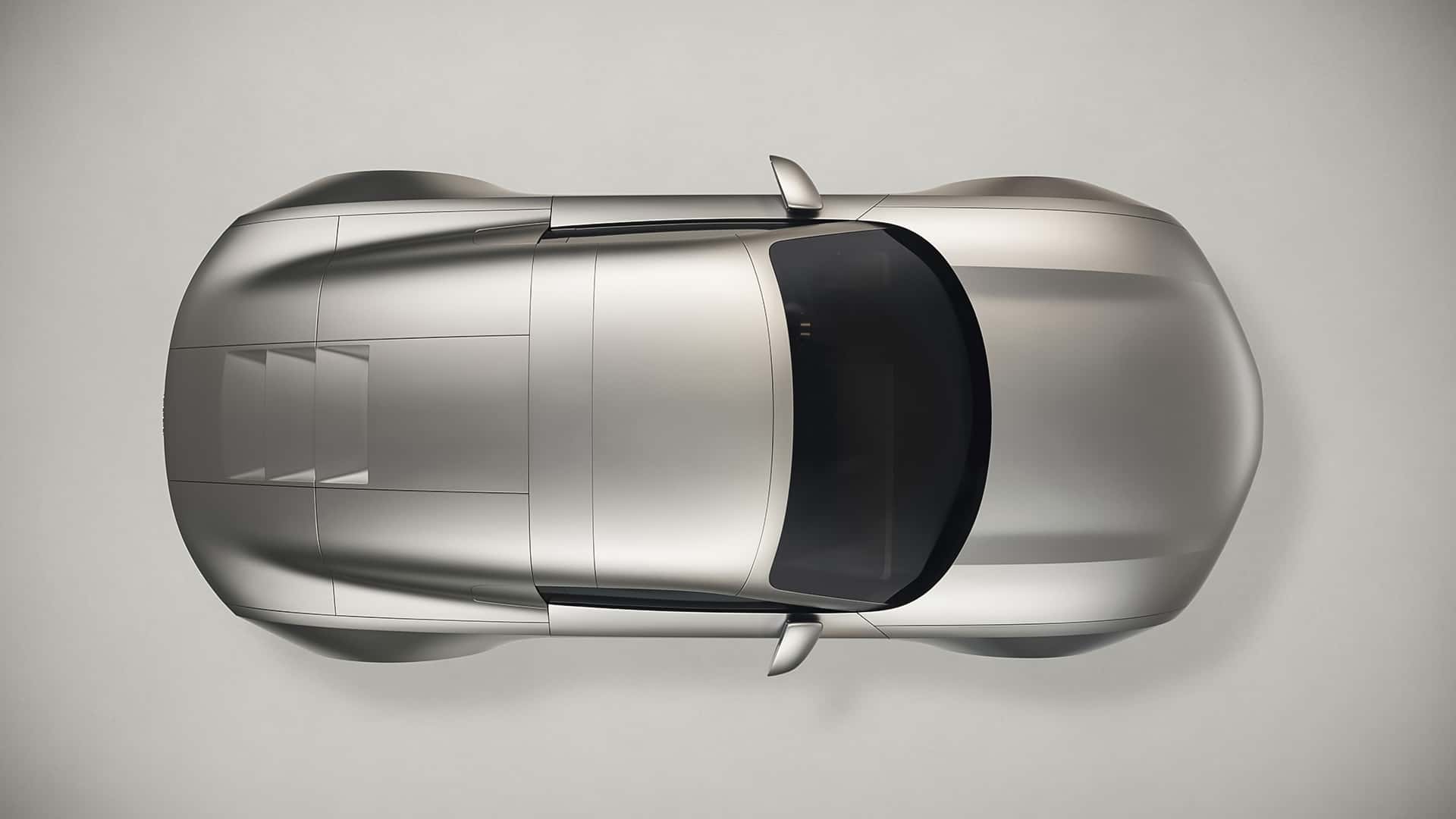
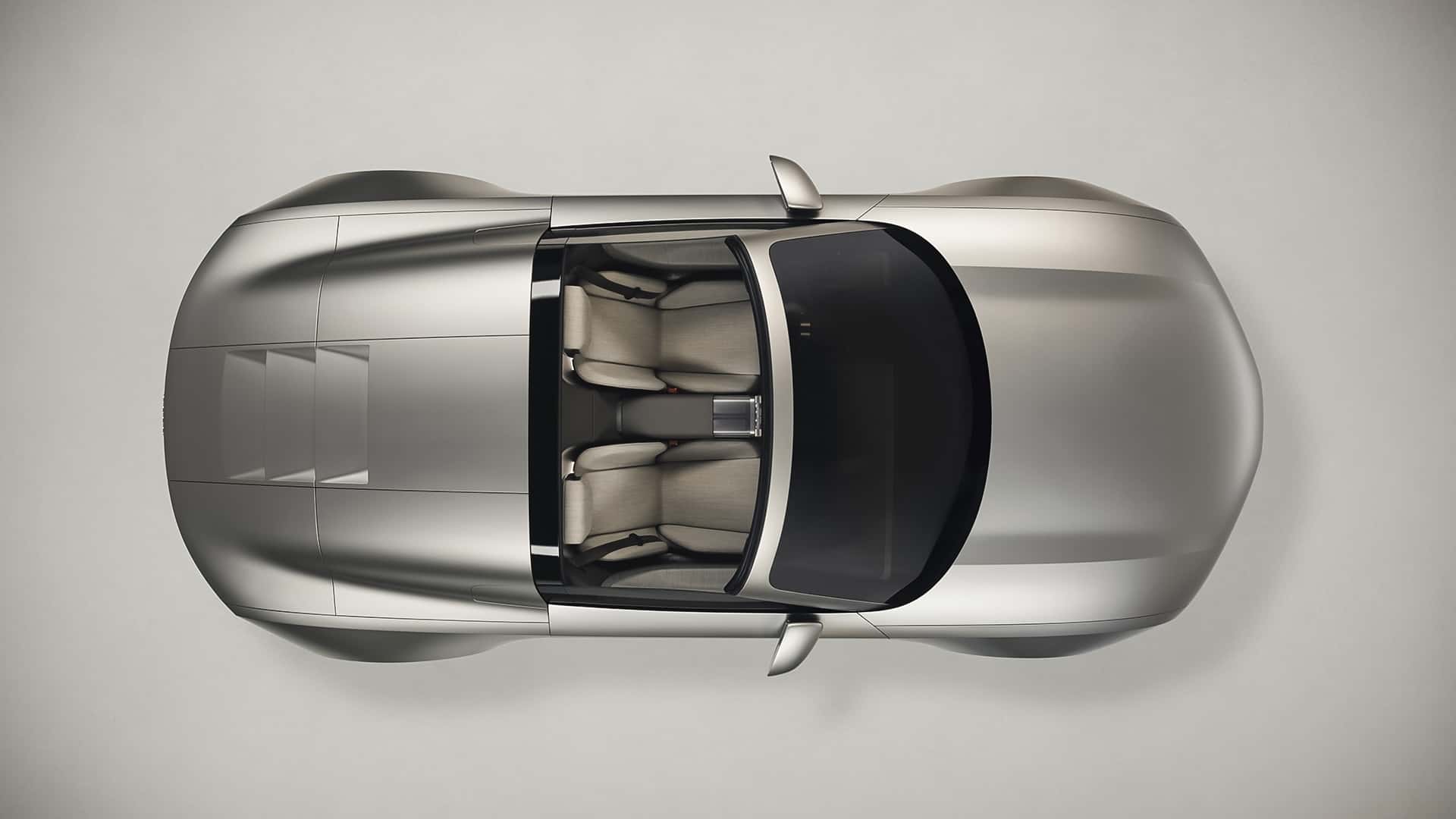
The post Audi reveals Concept C electric sports car to replace TT and R8 appeared first on The Online Automotive Marketplace.








